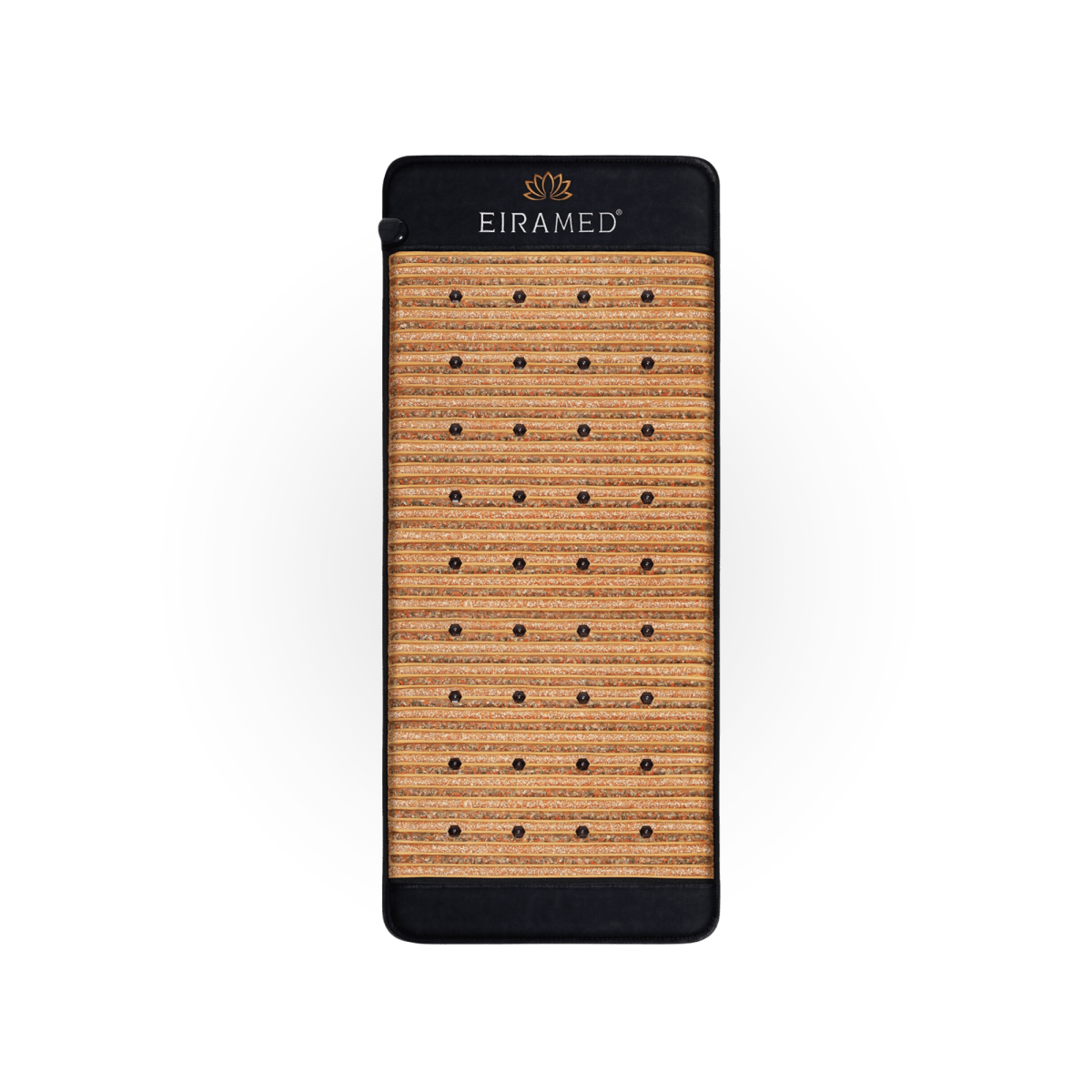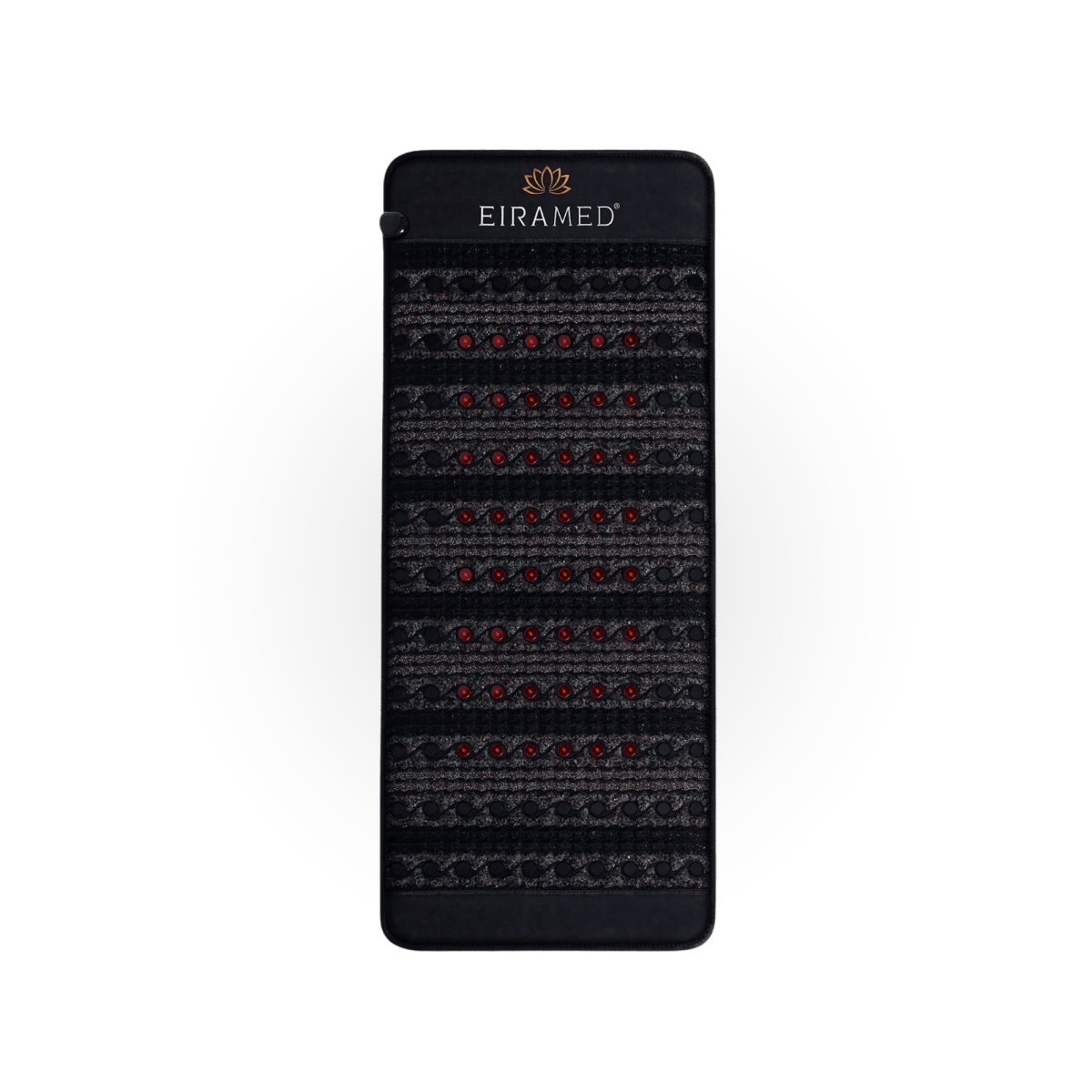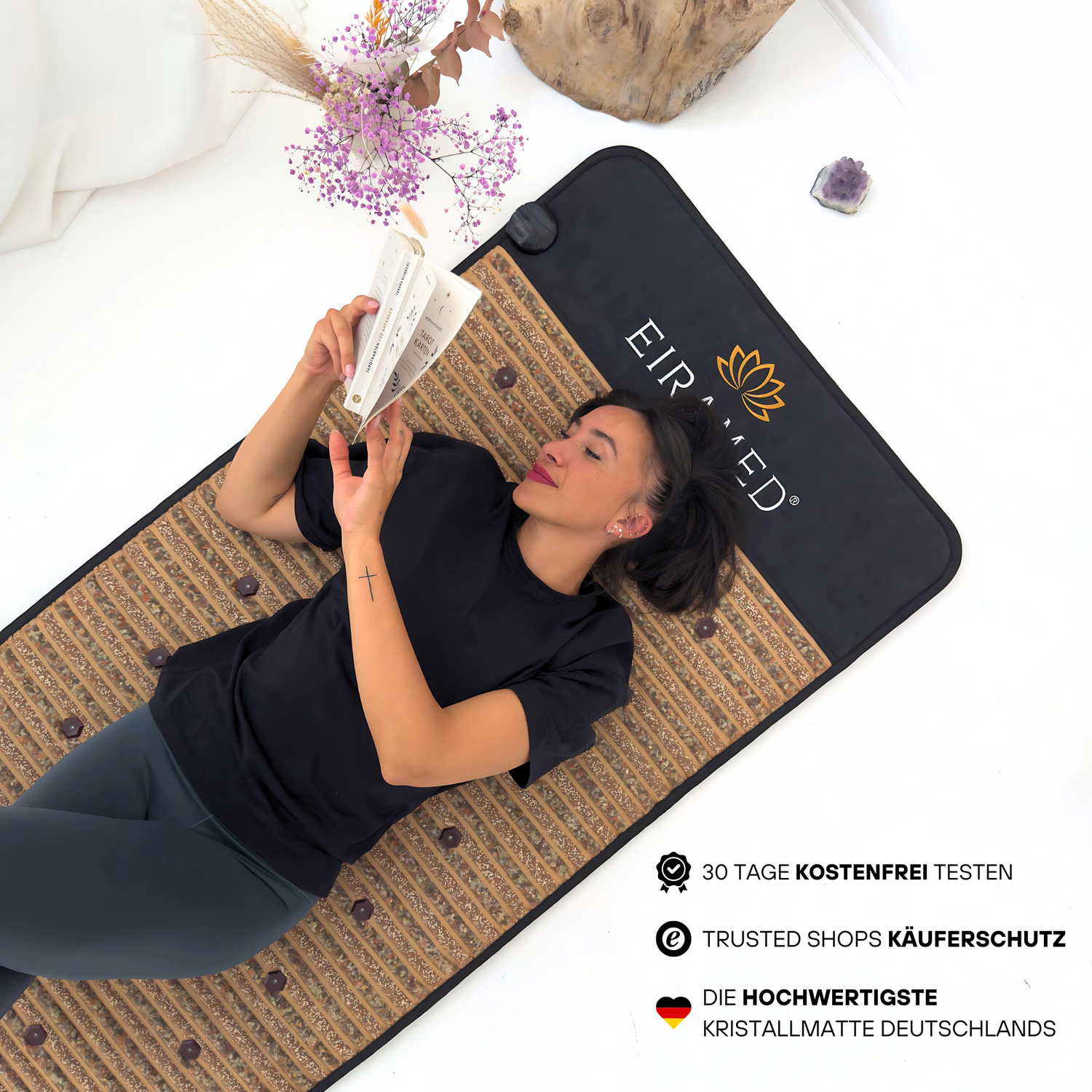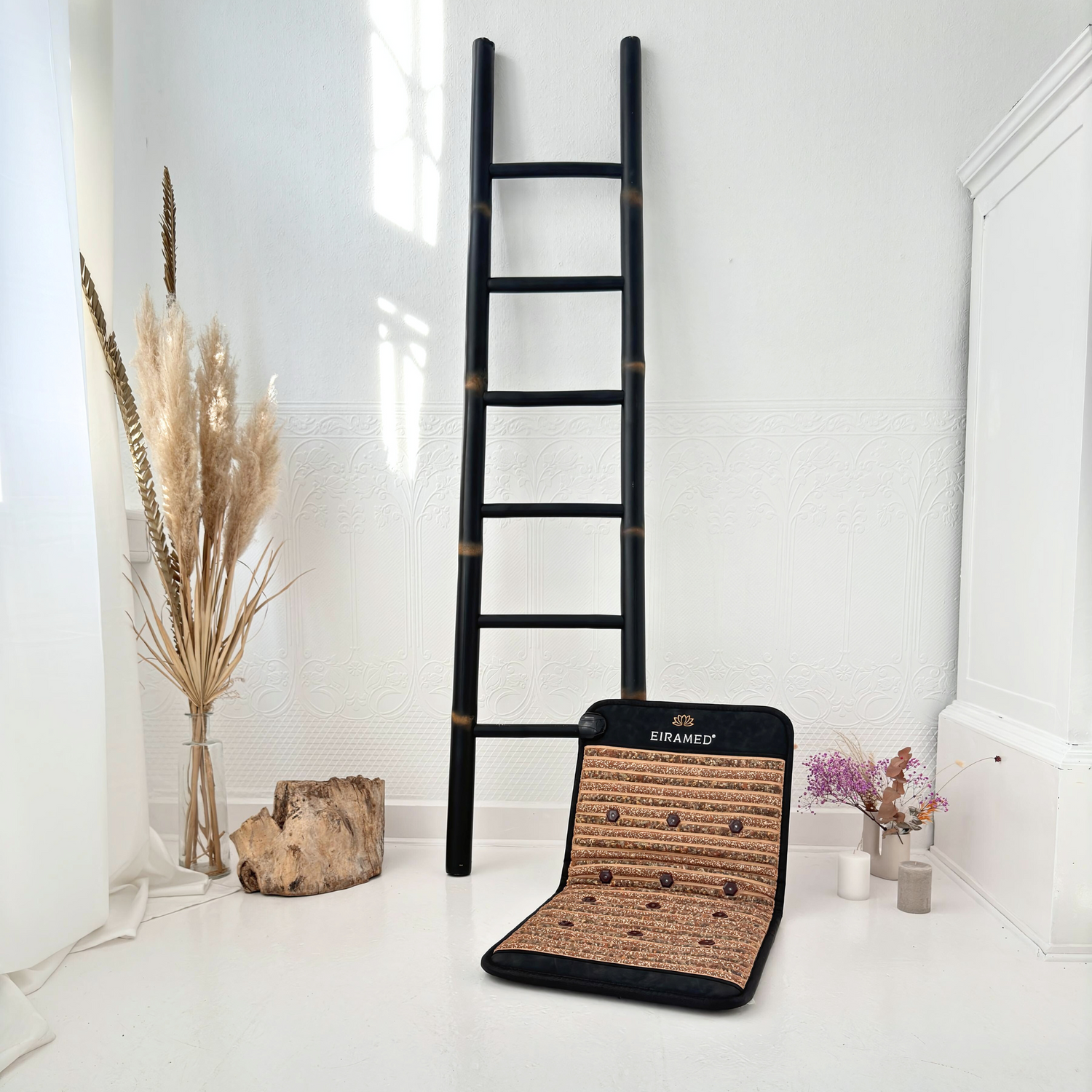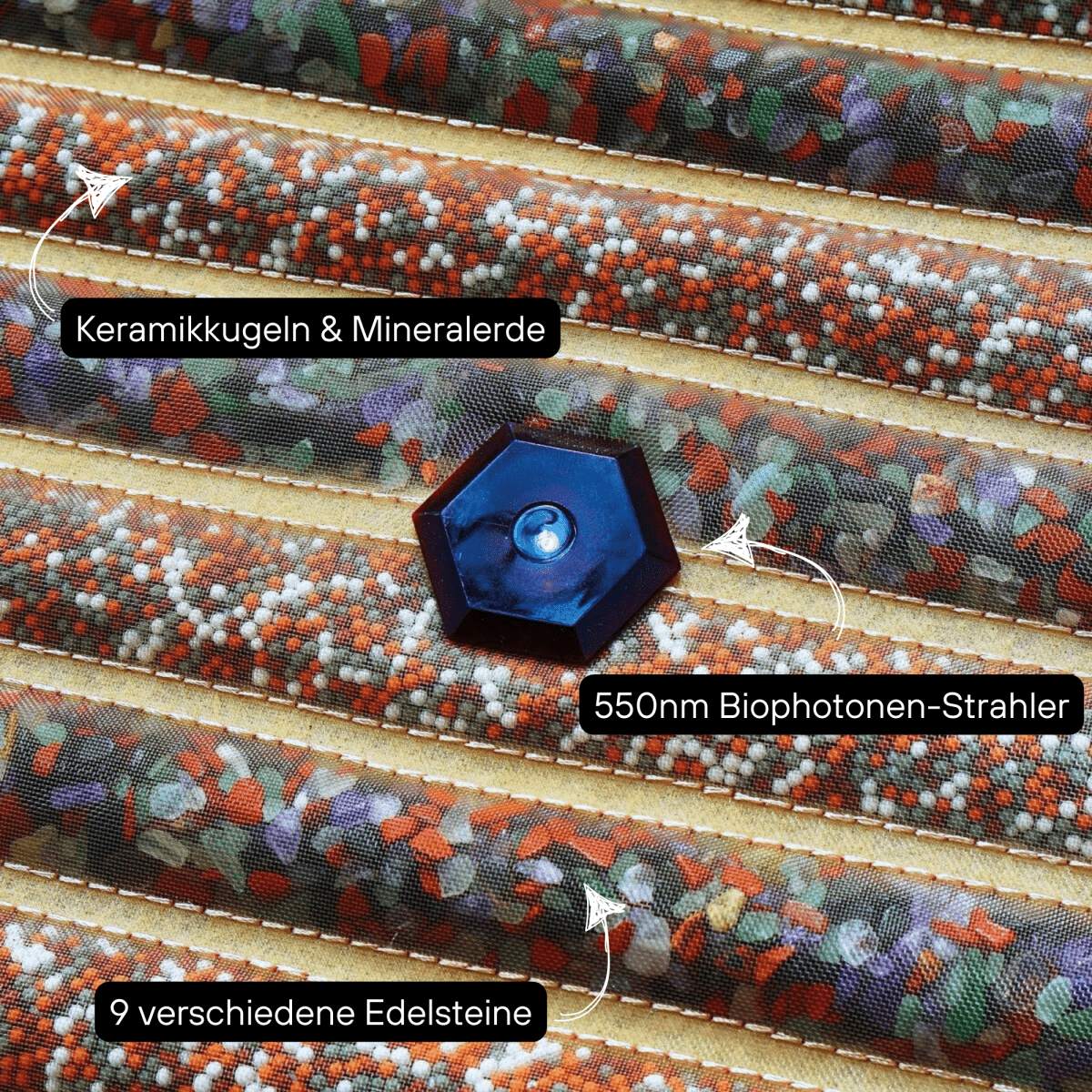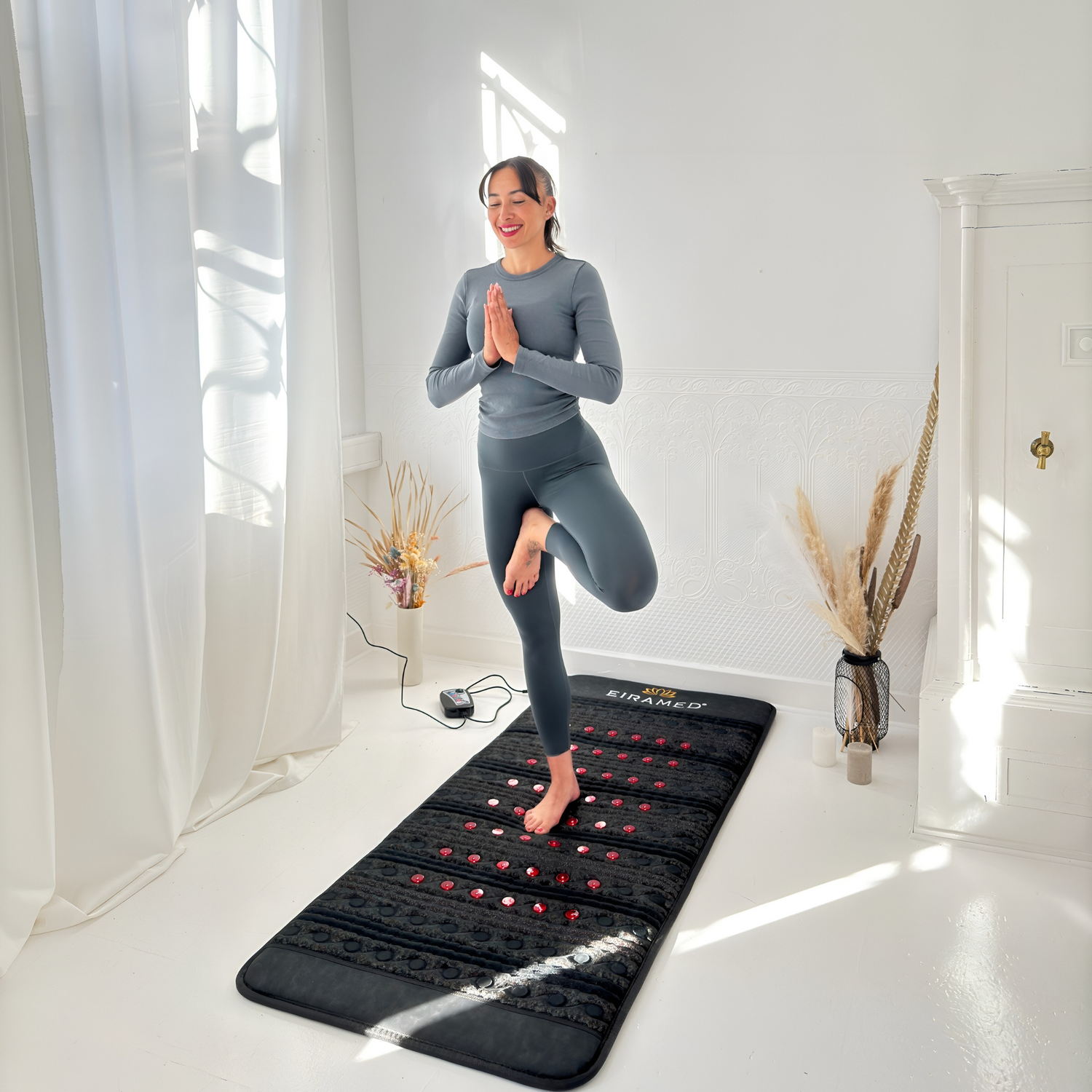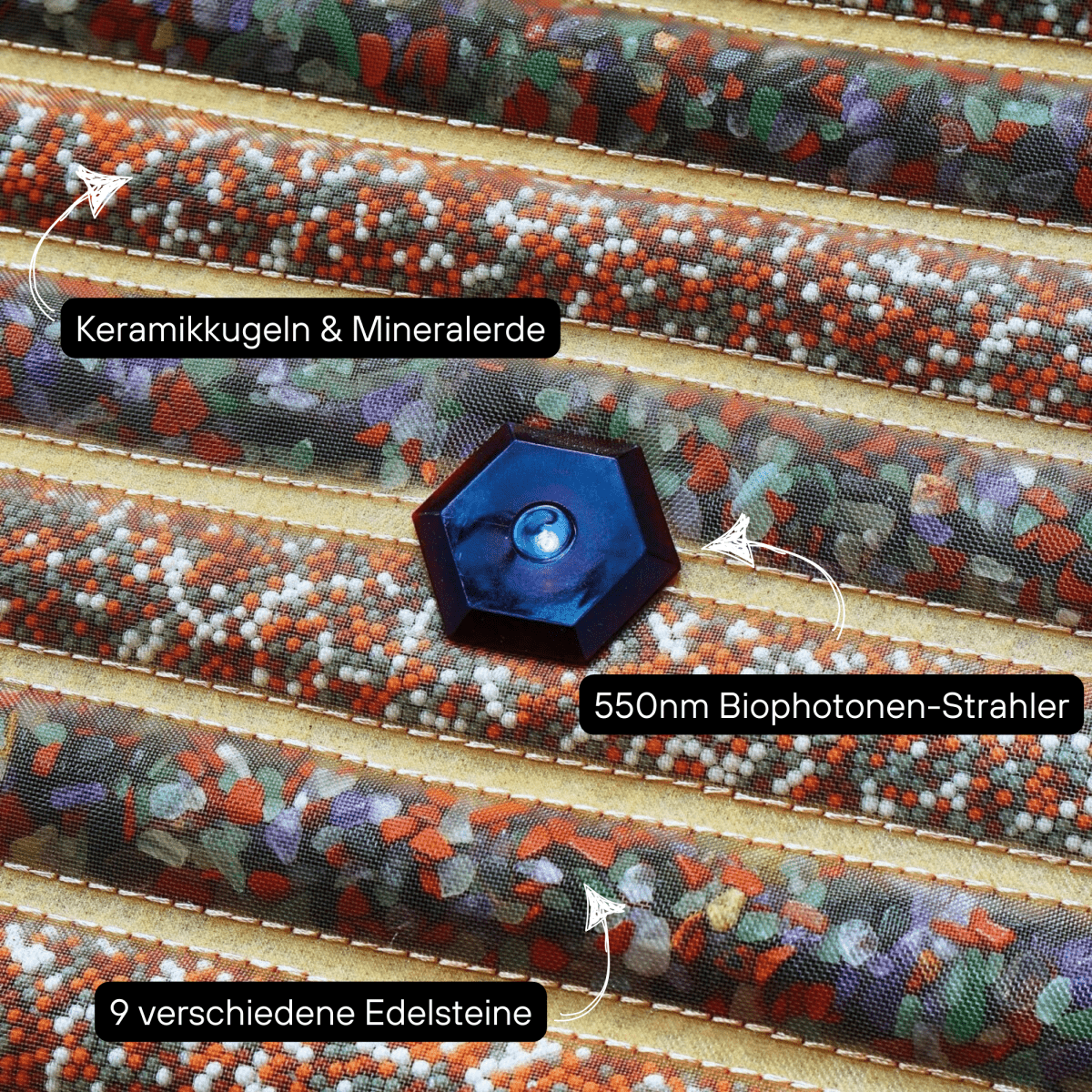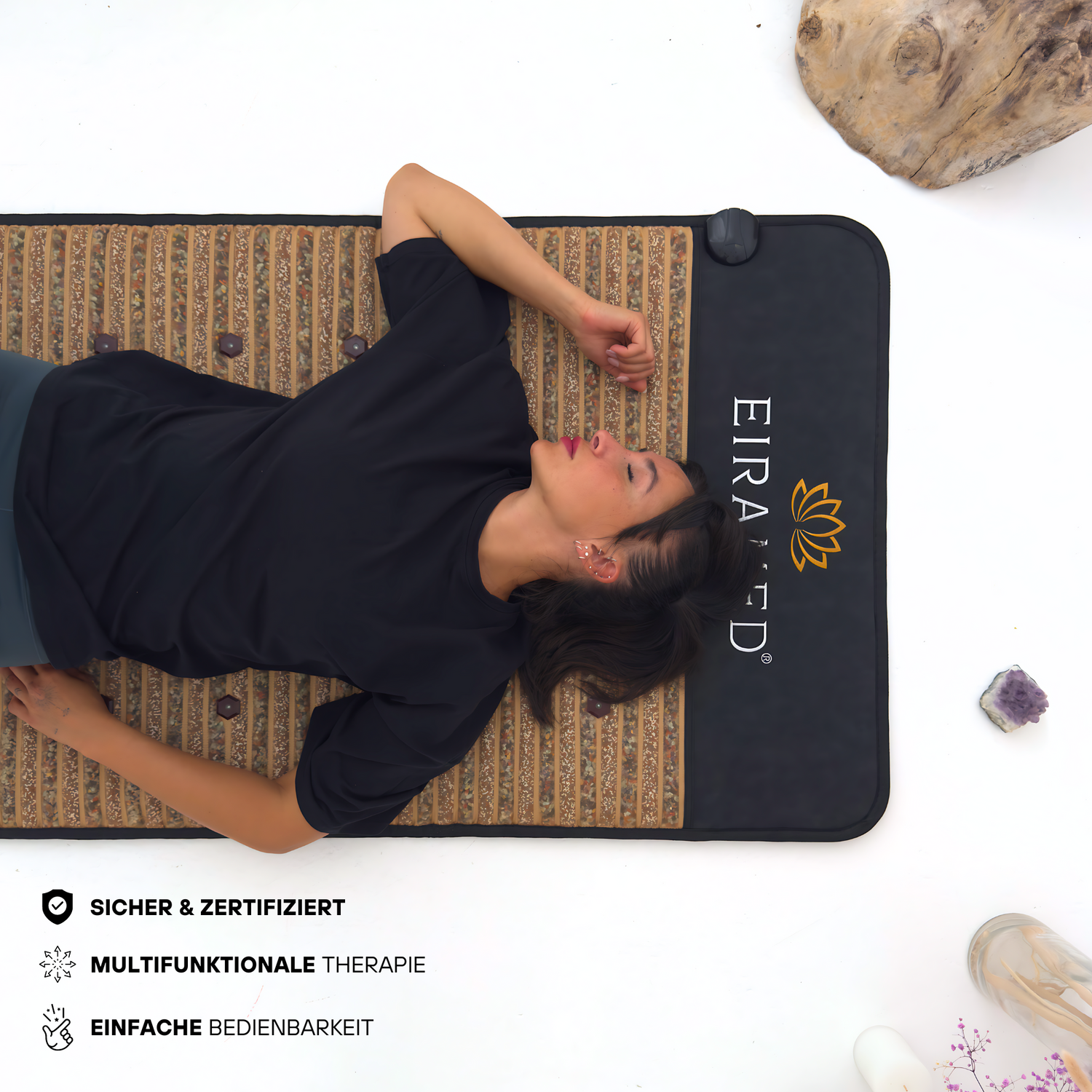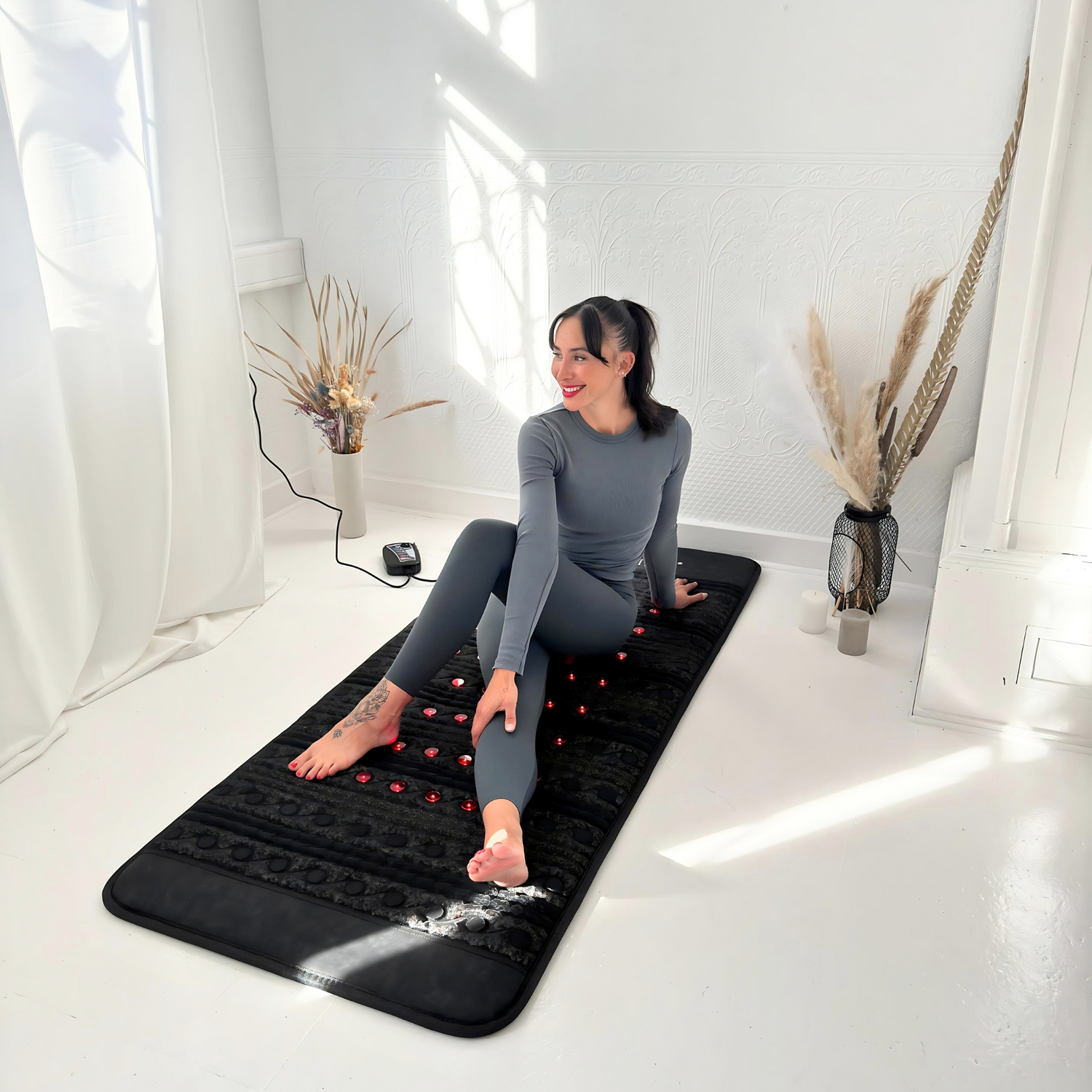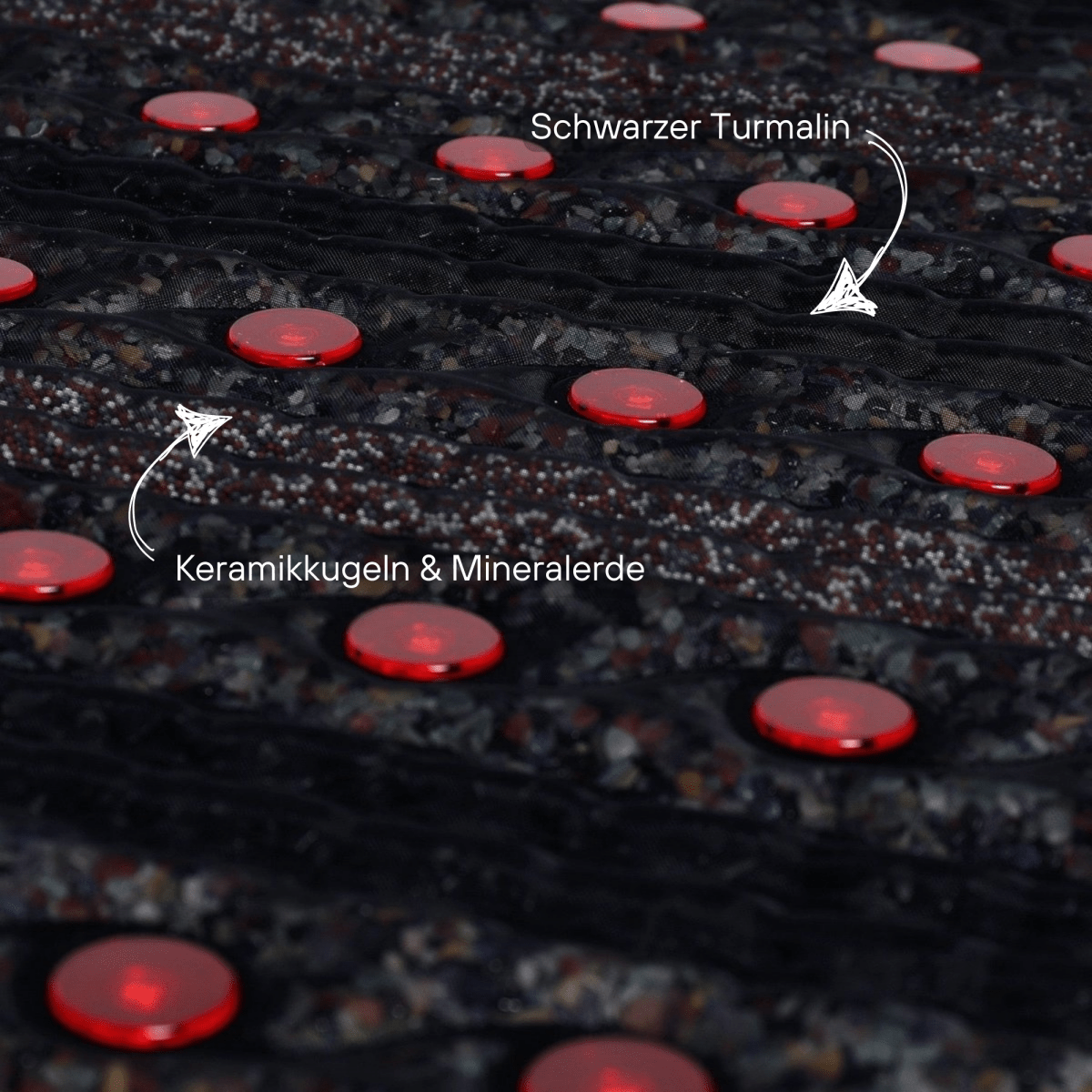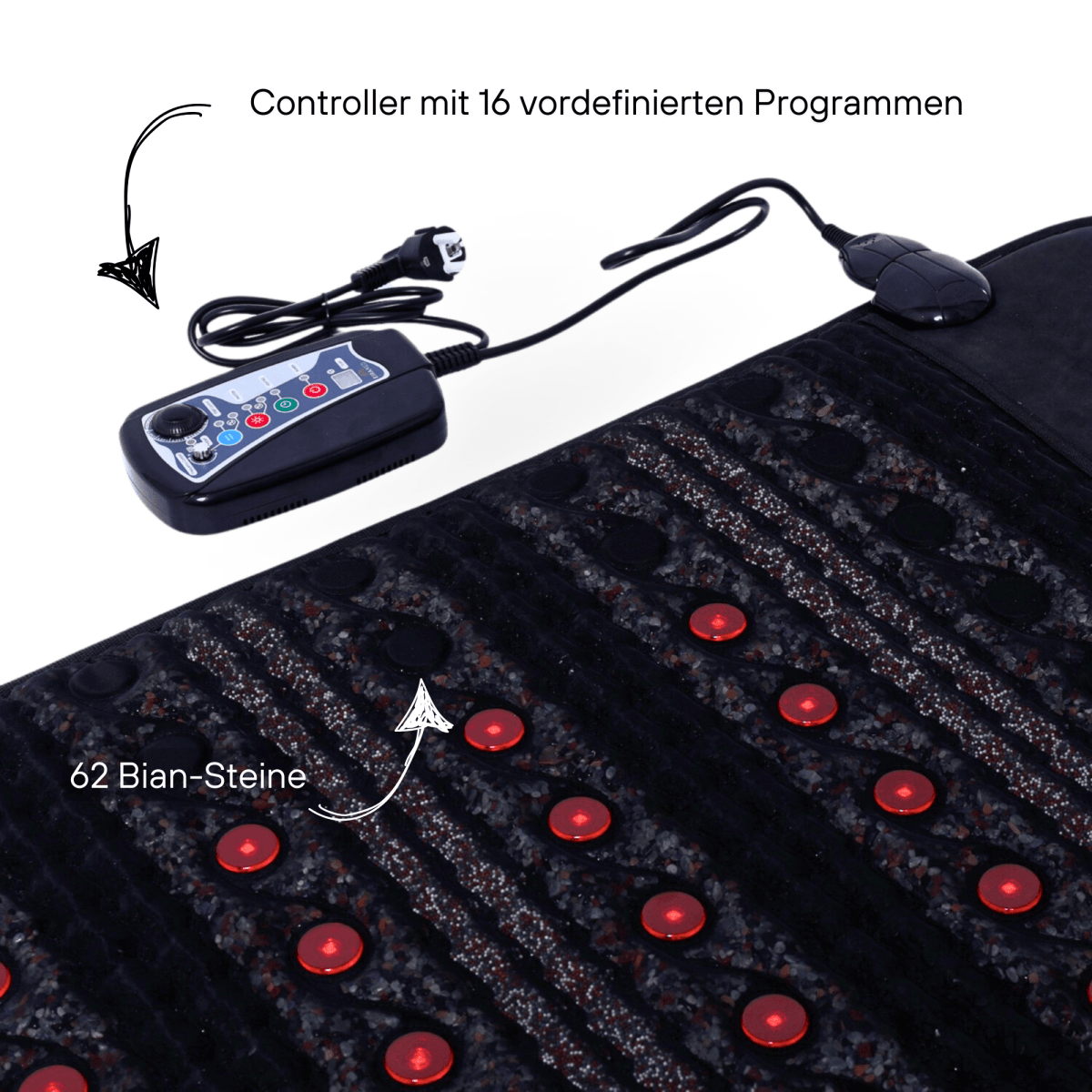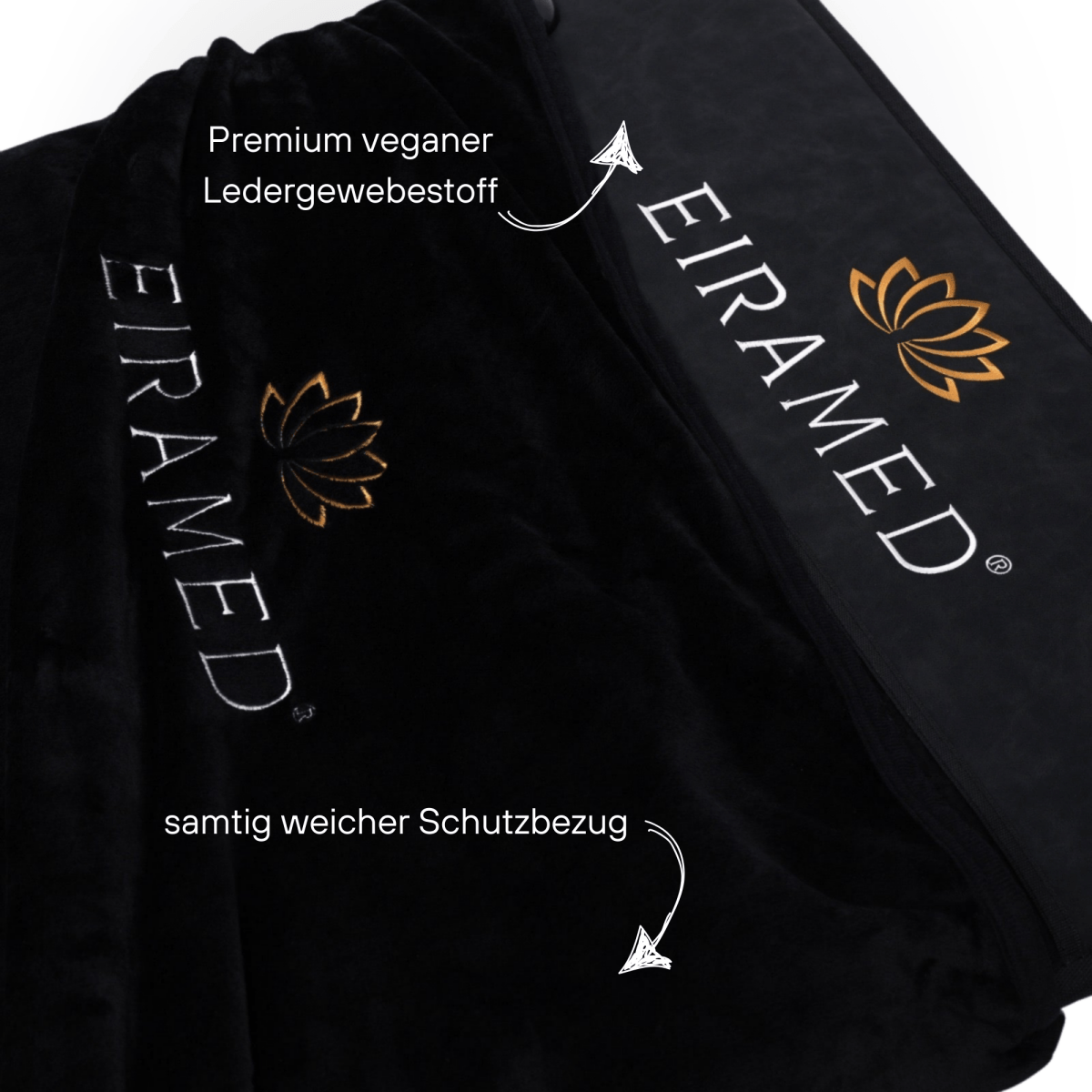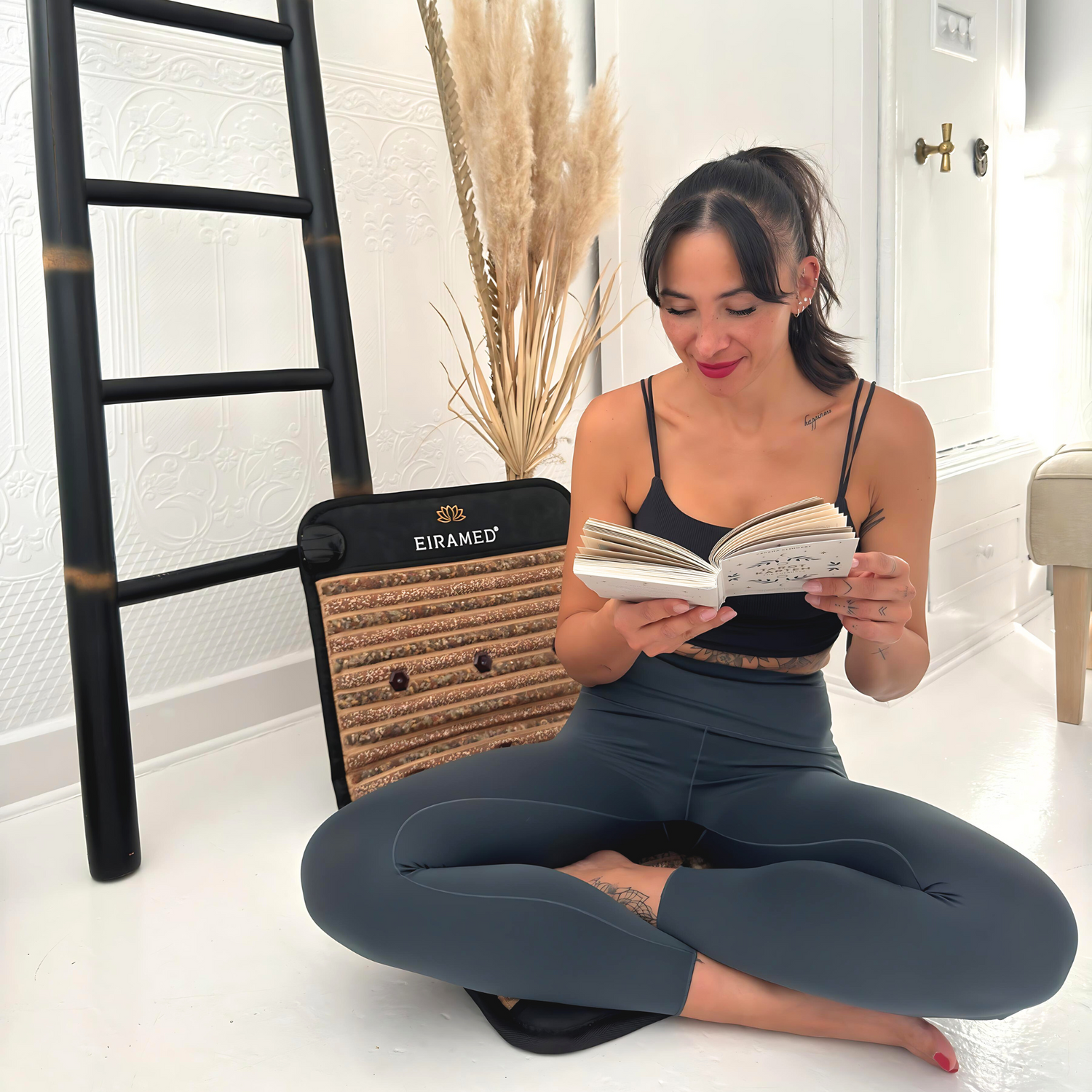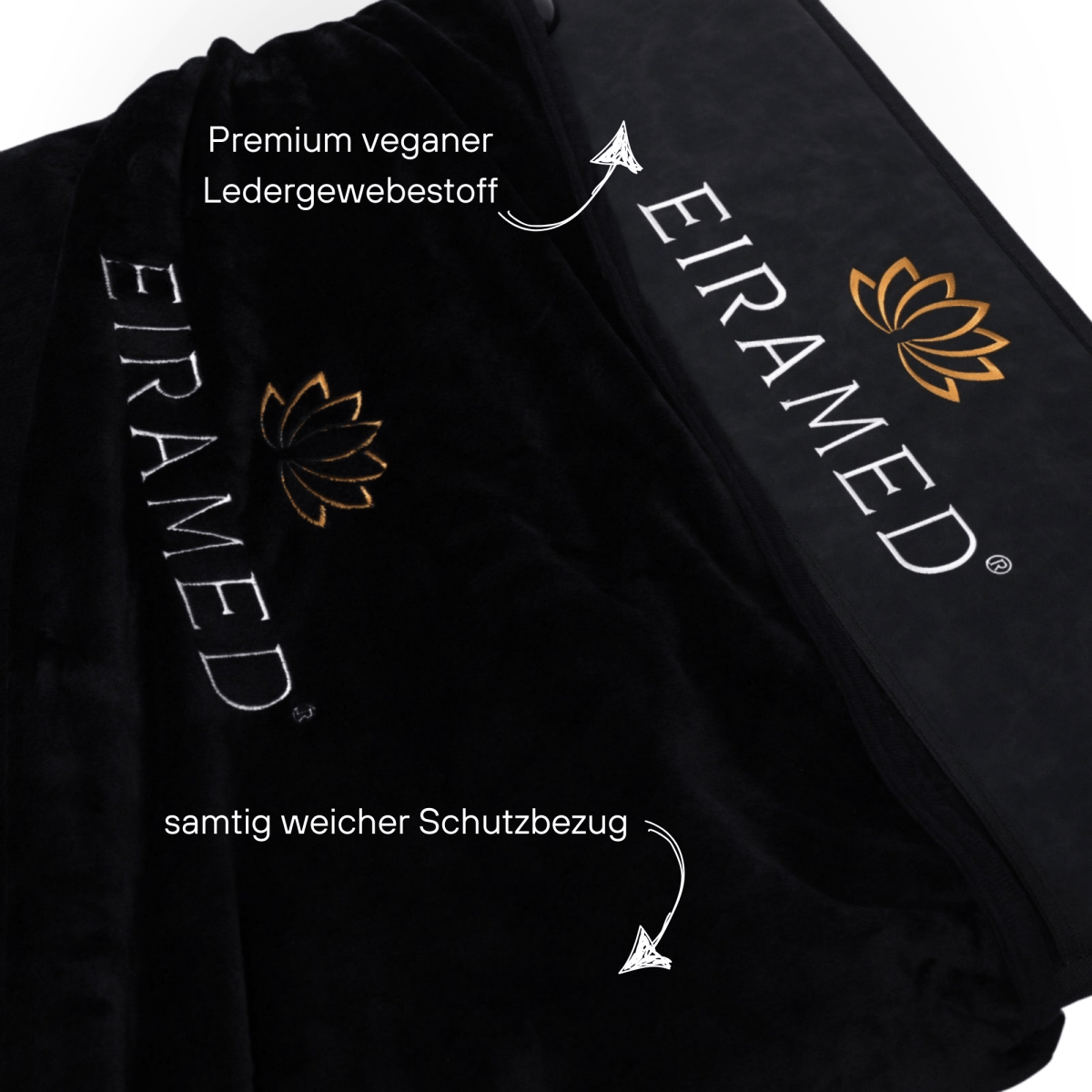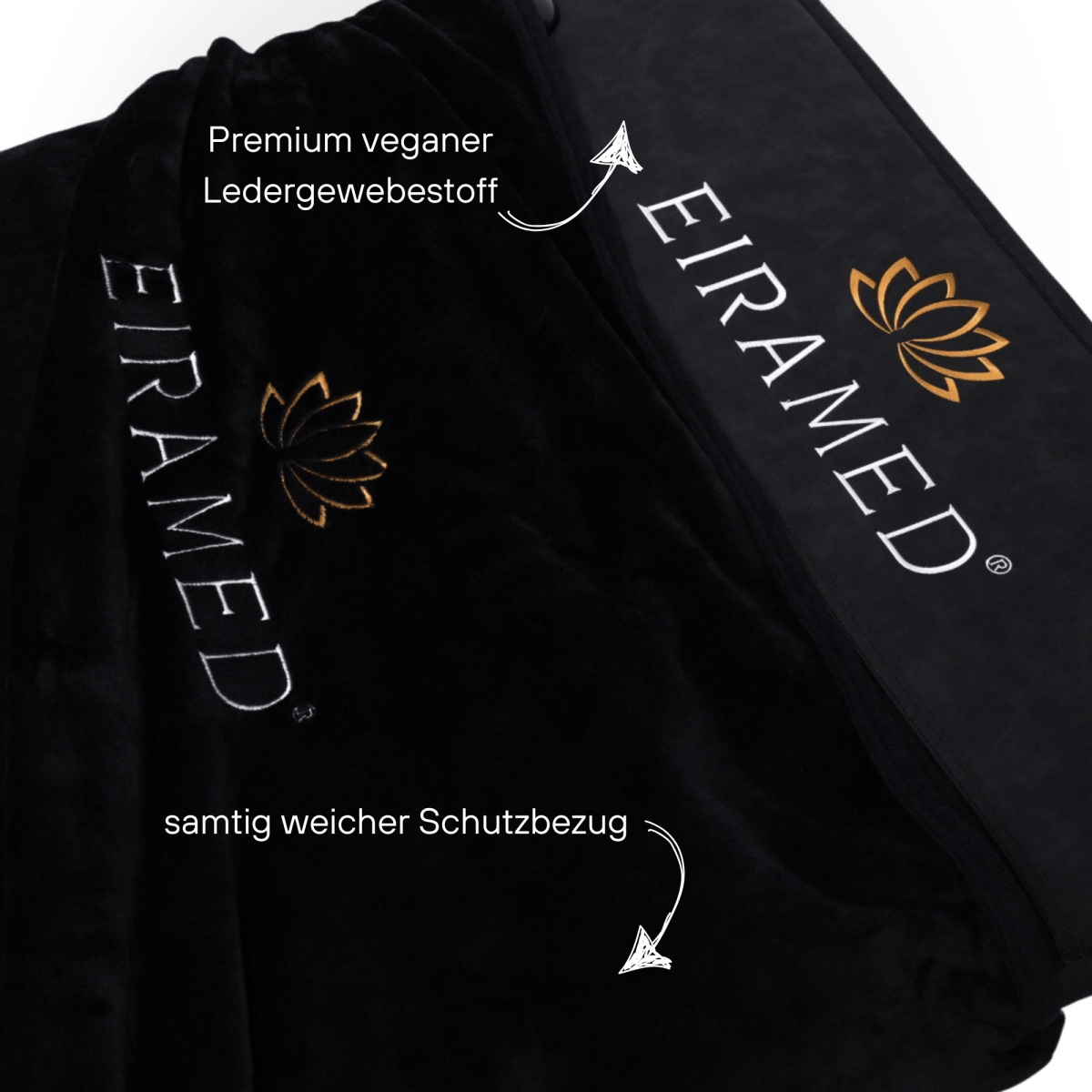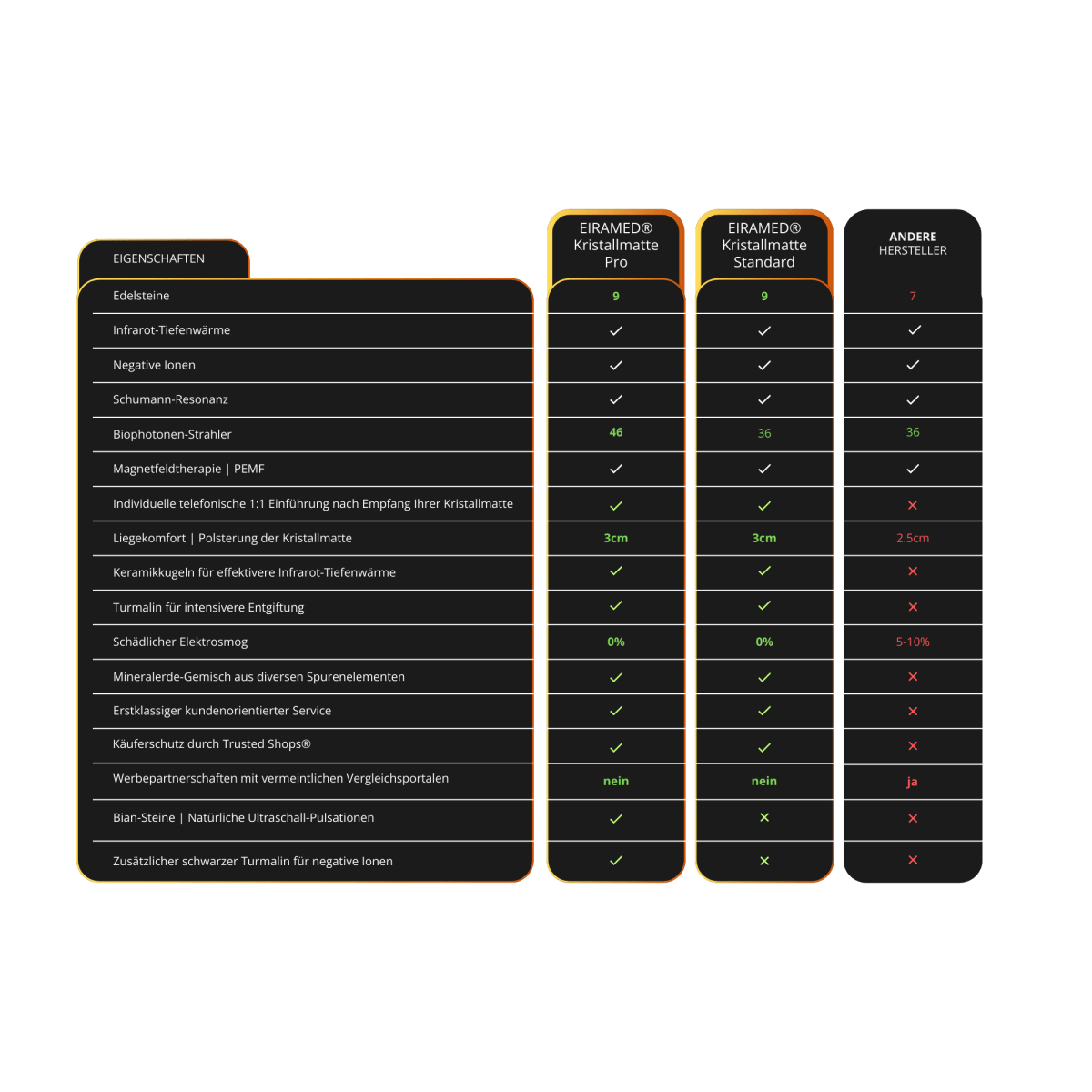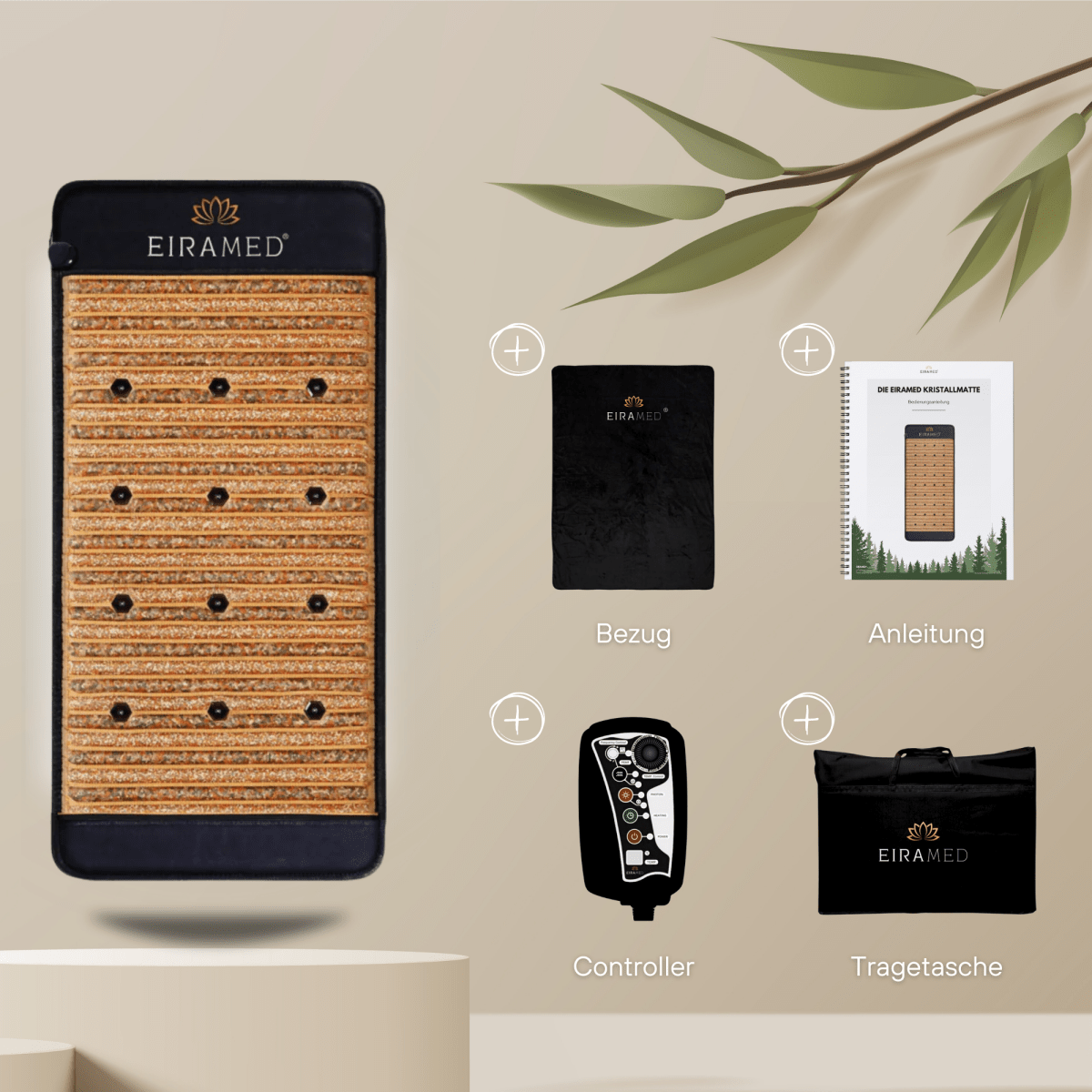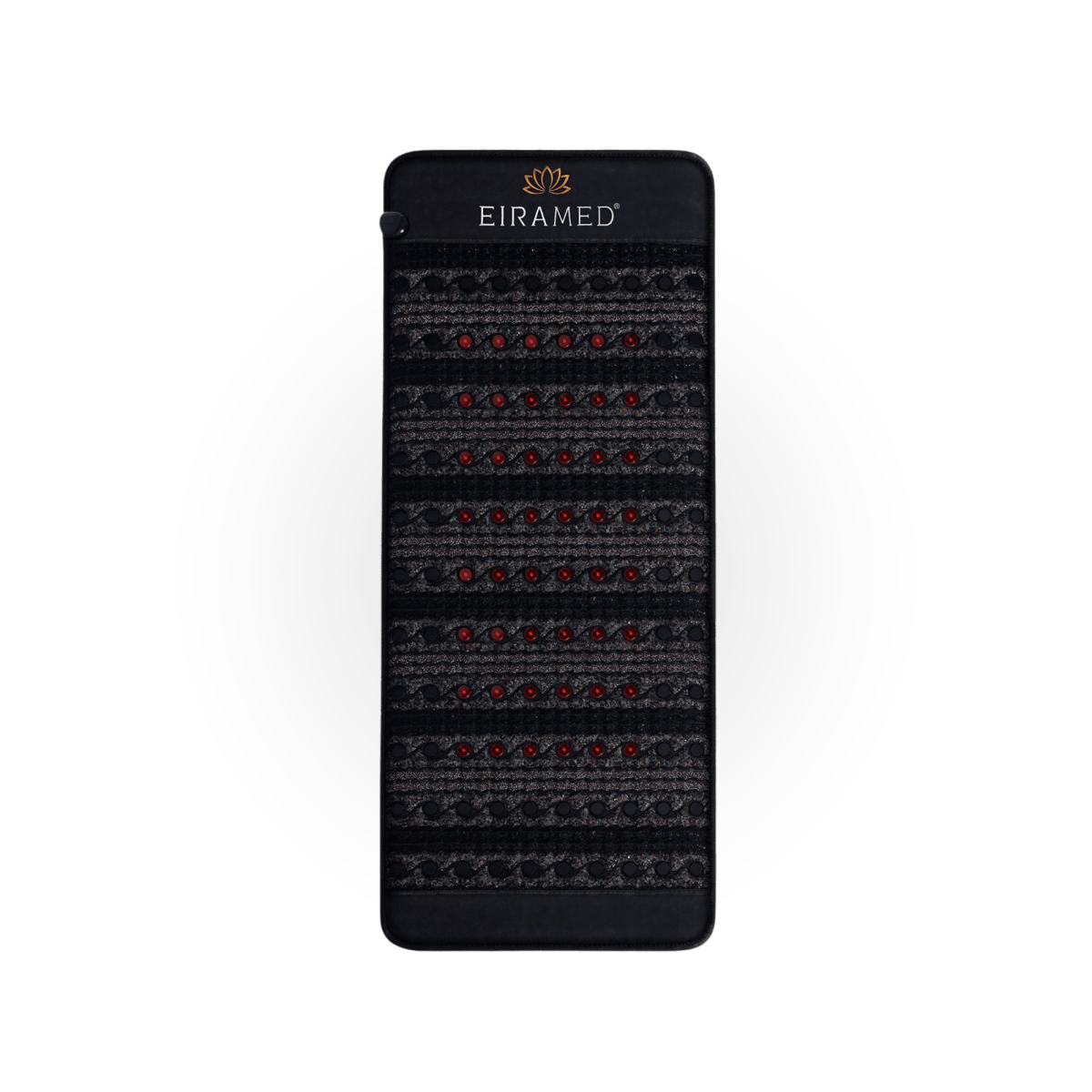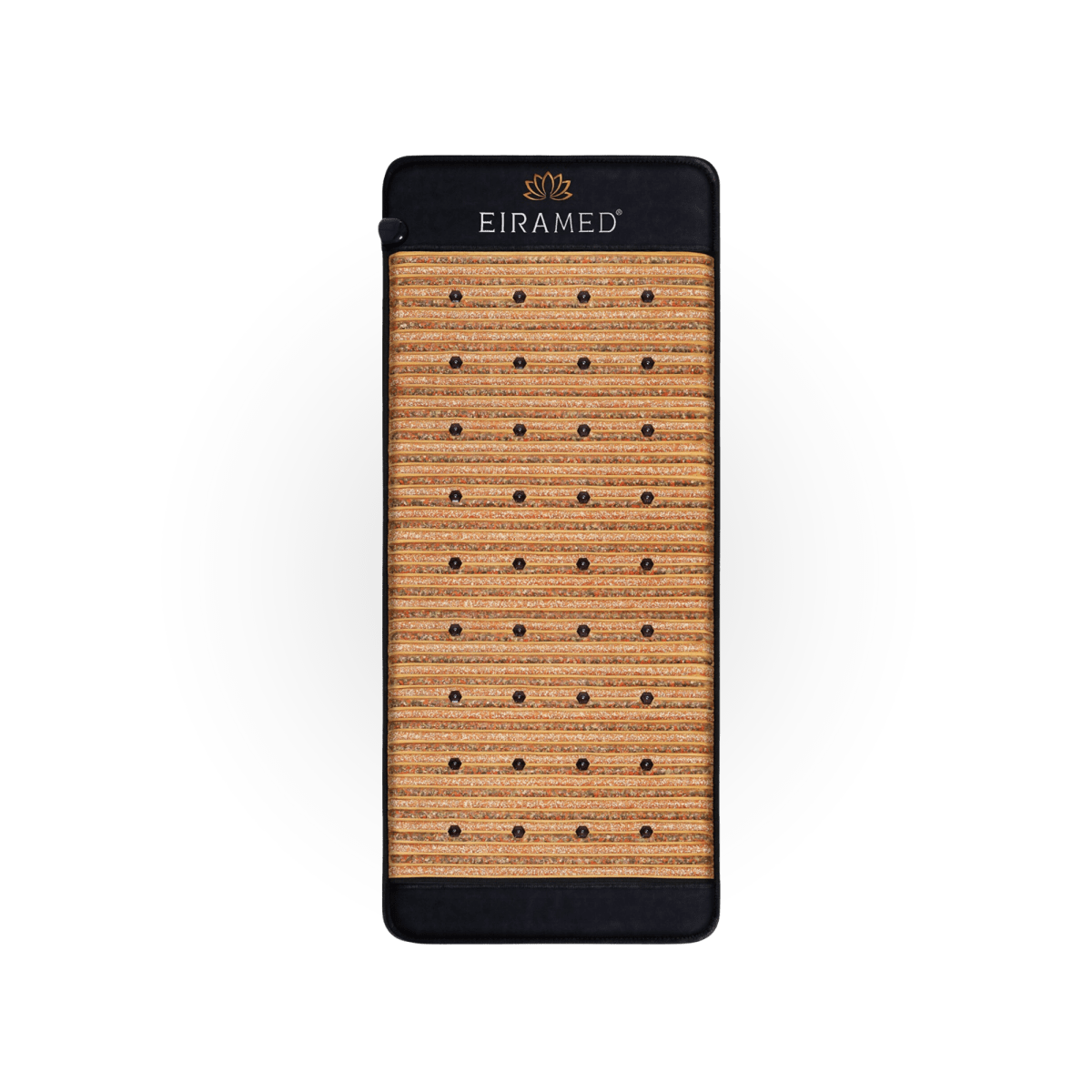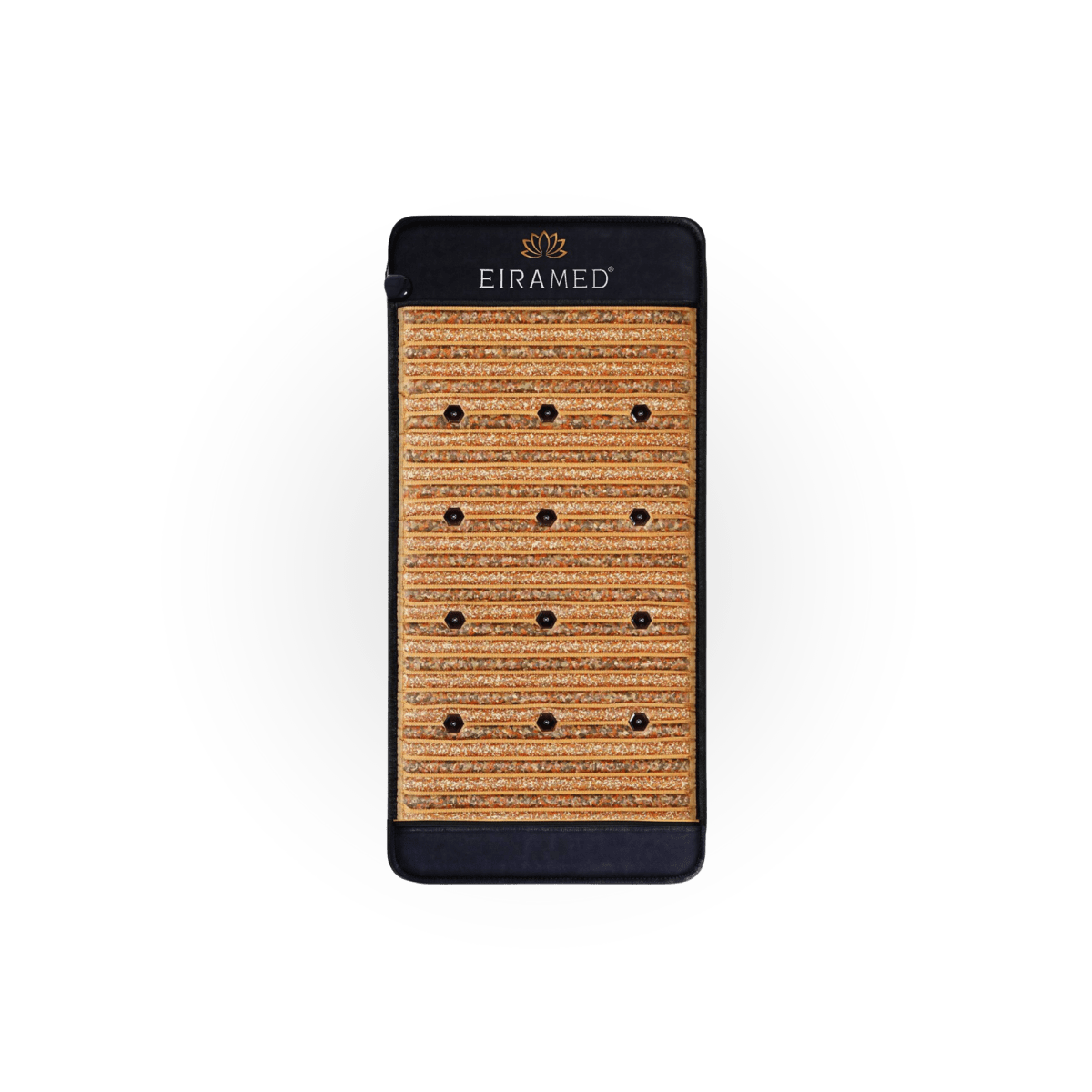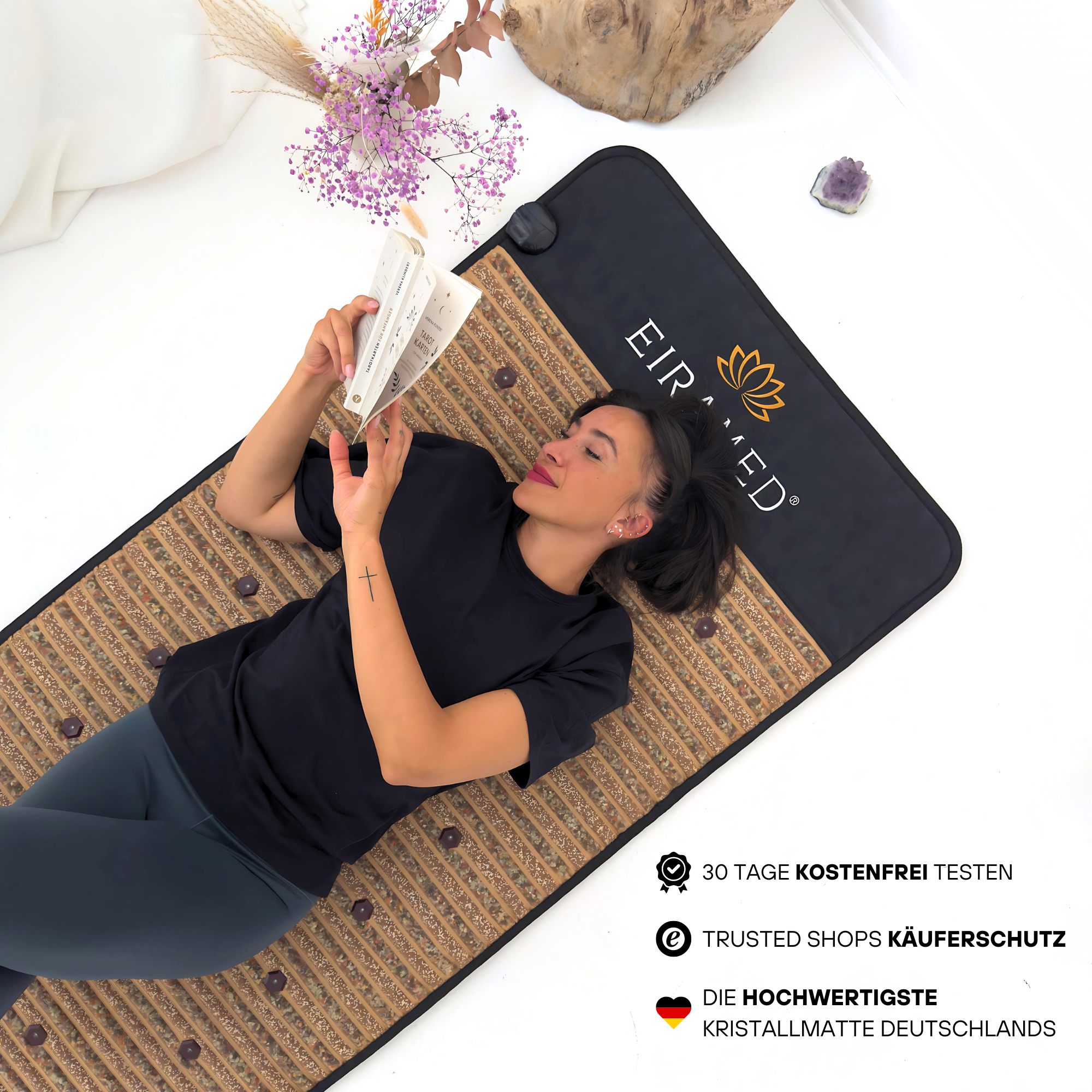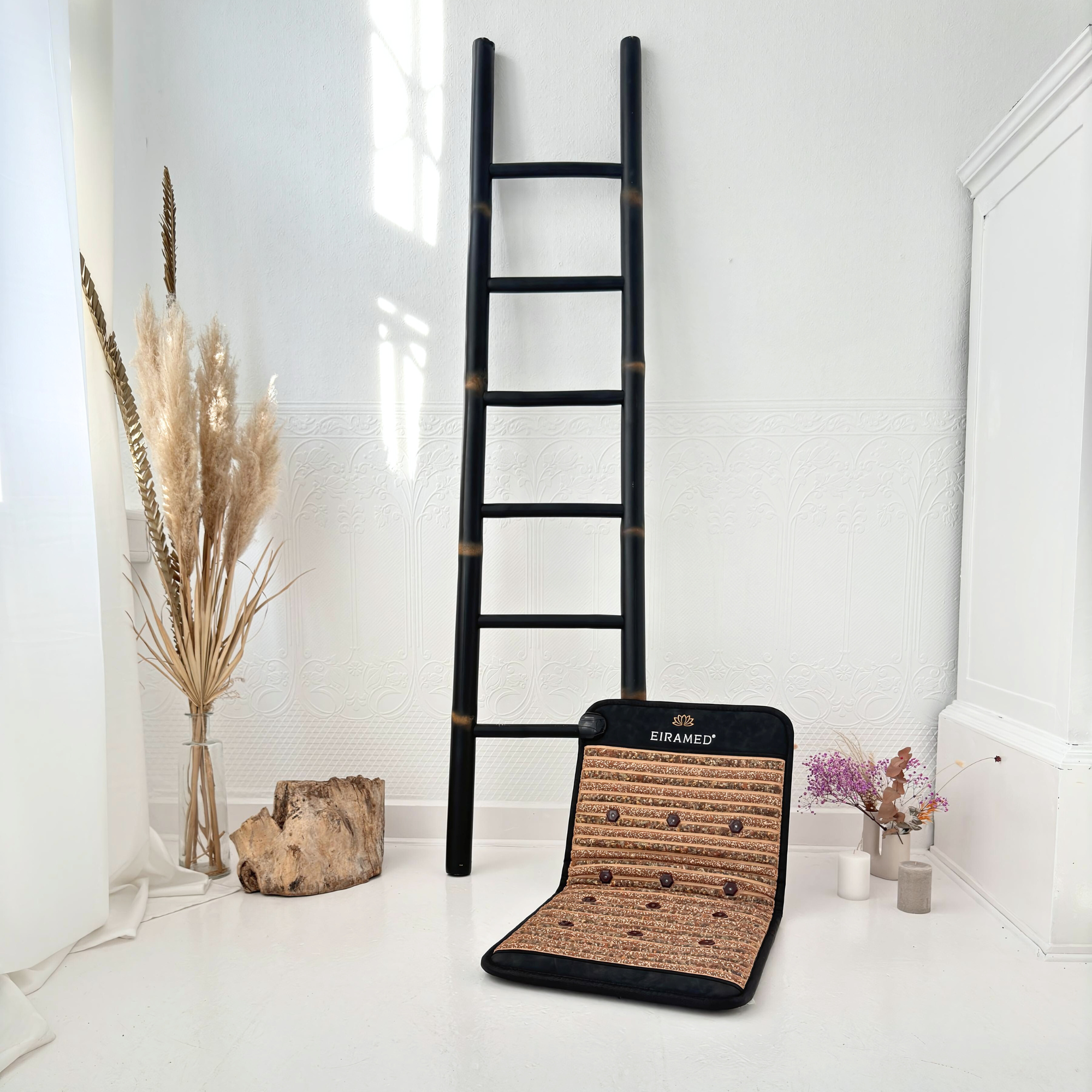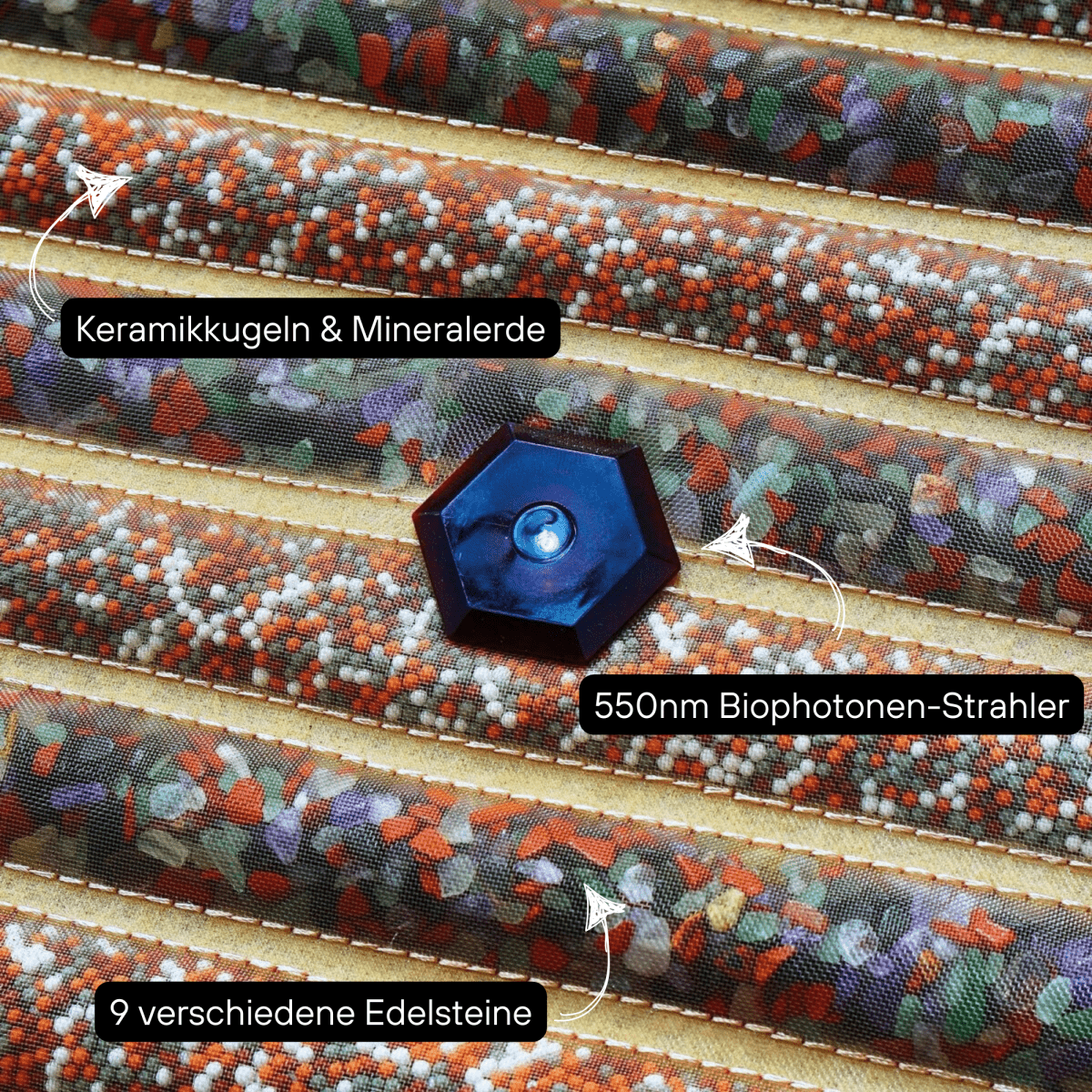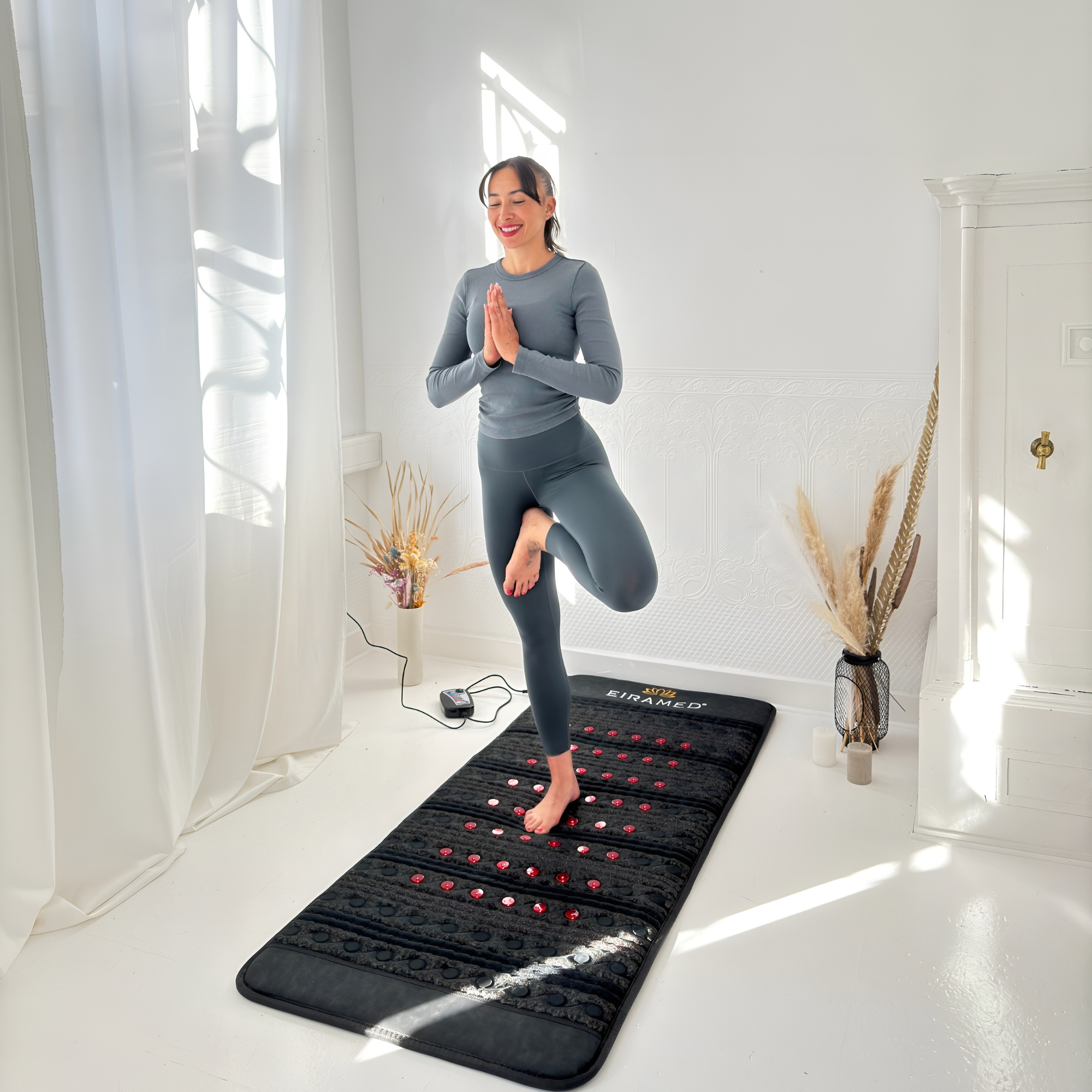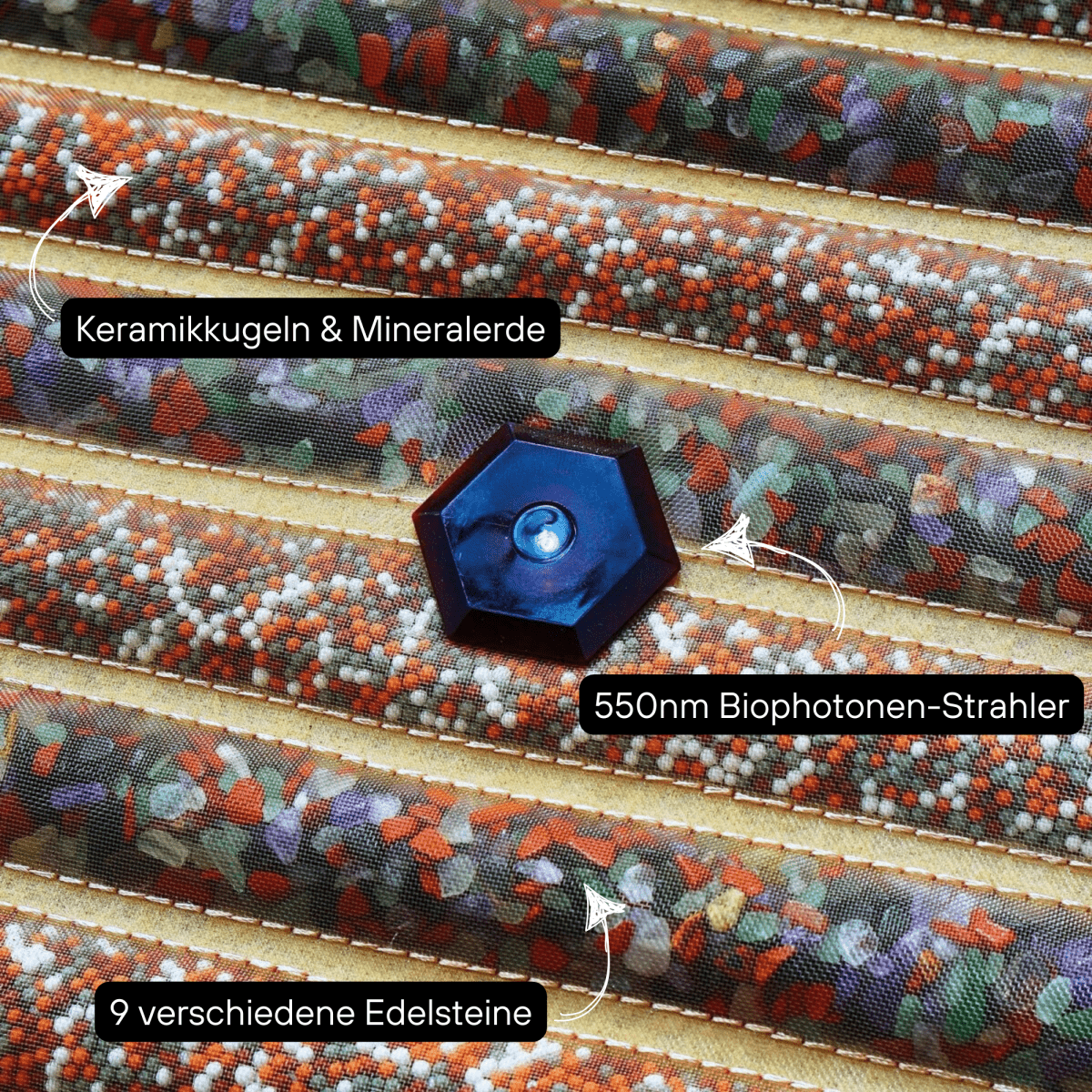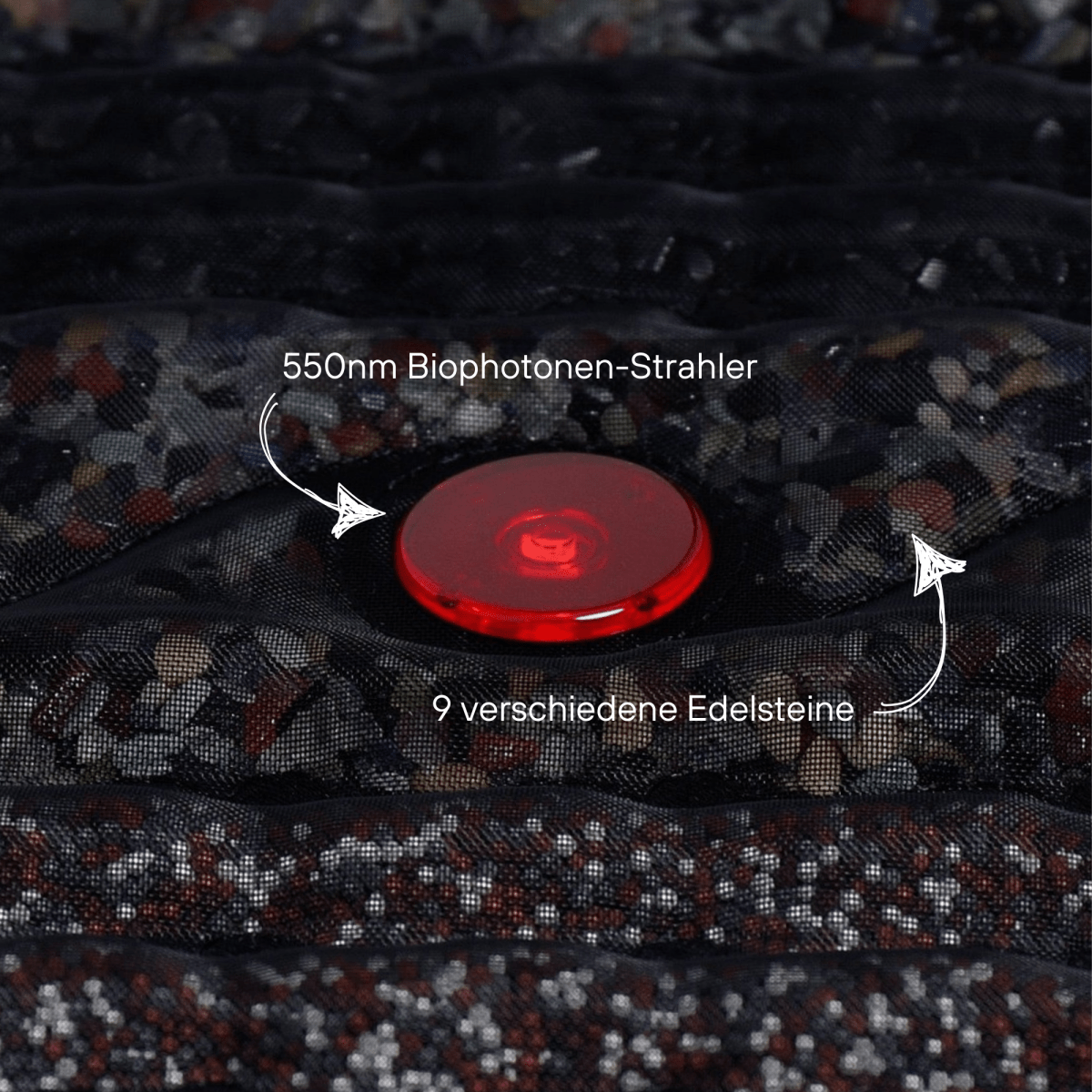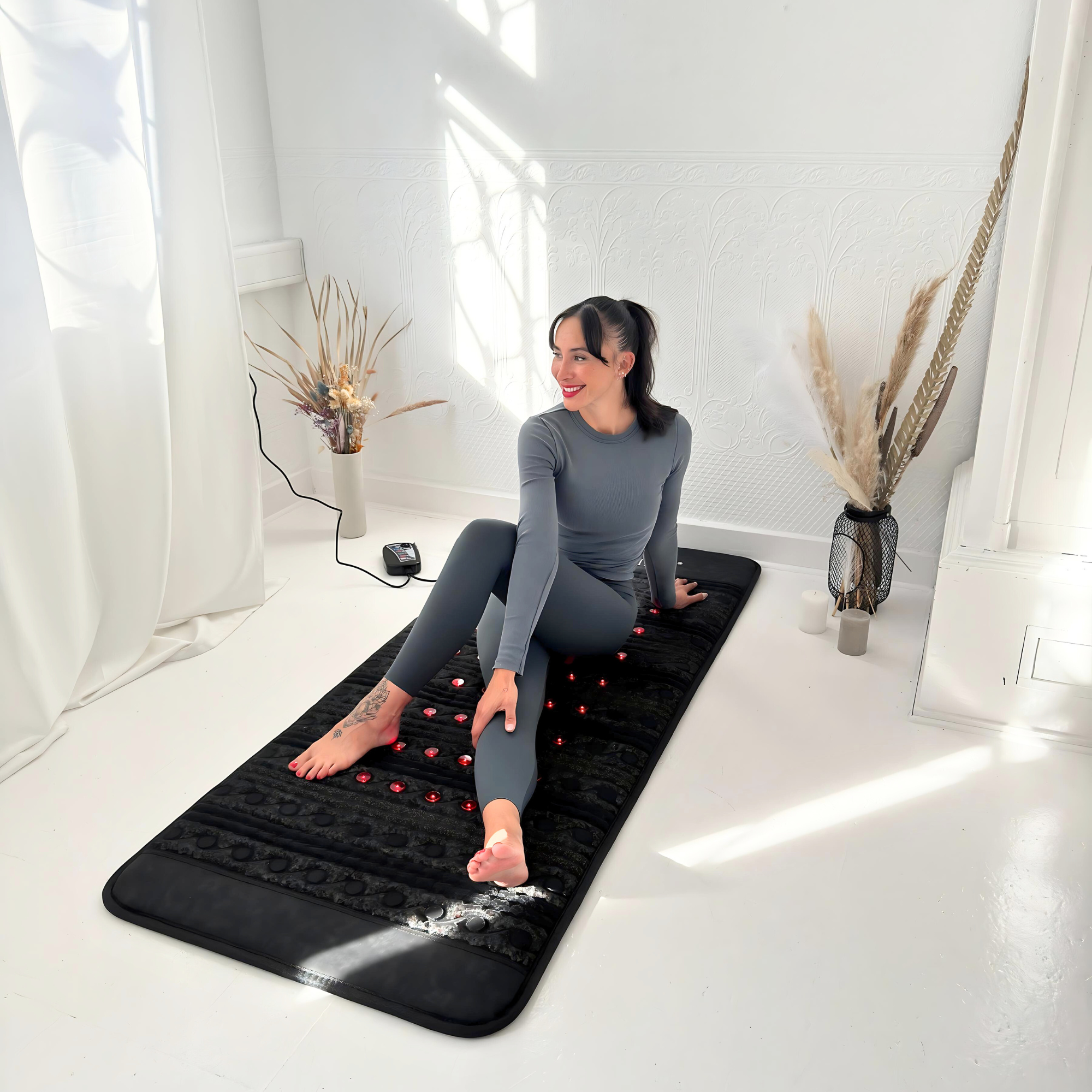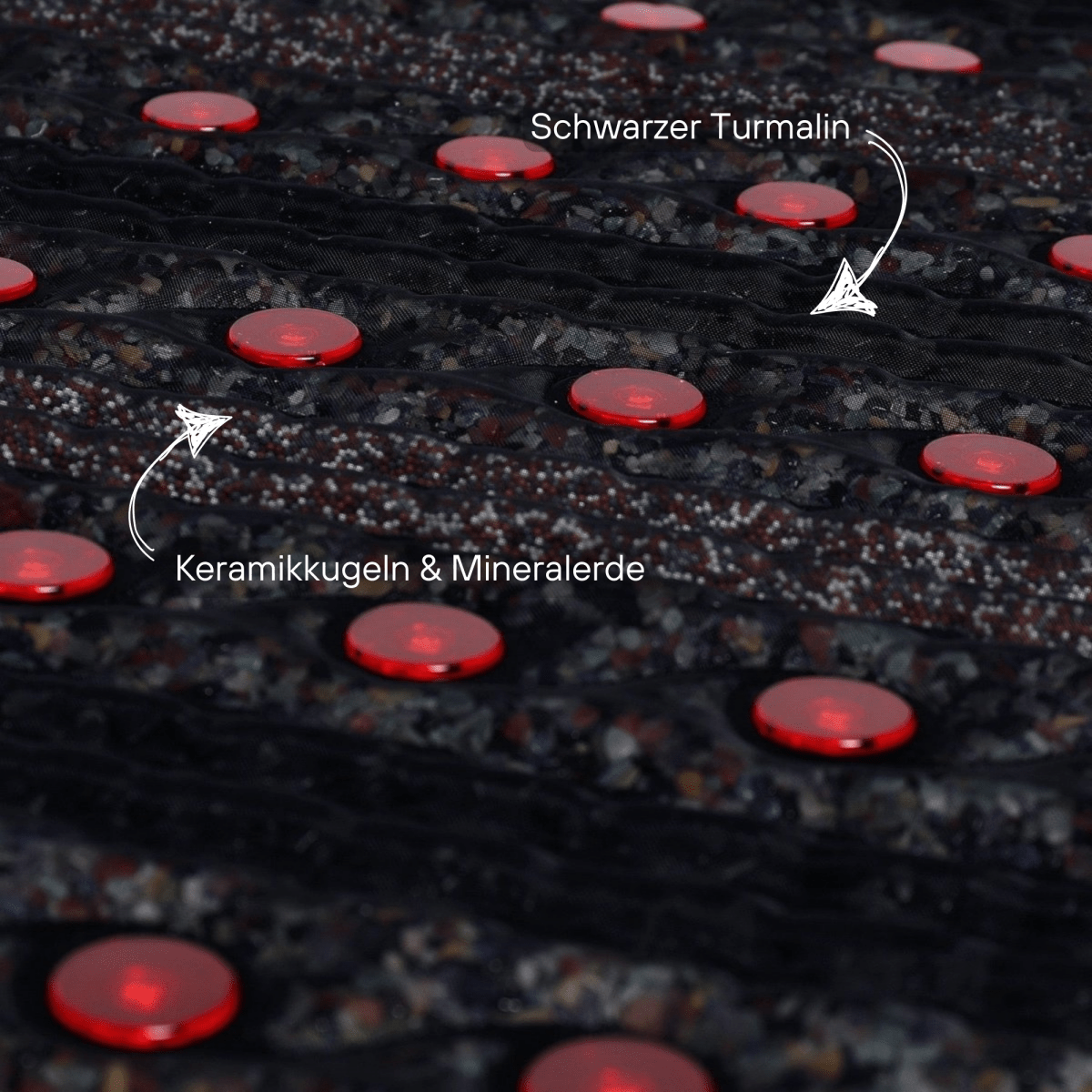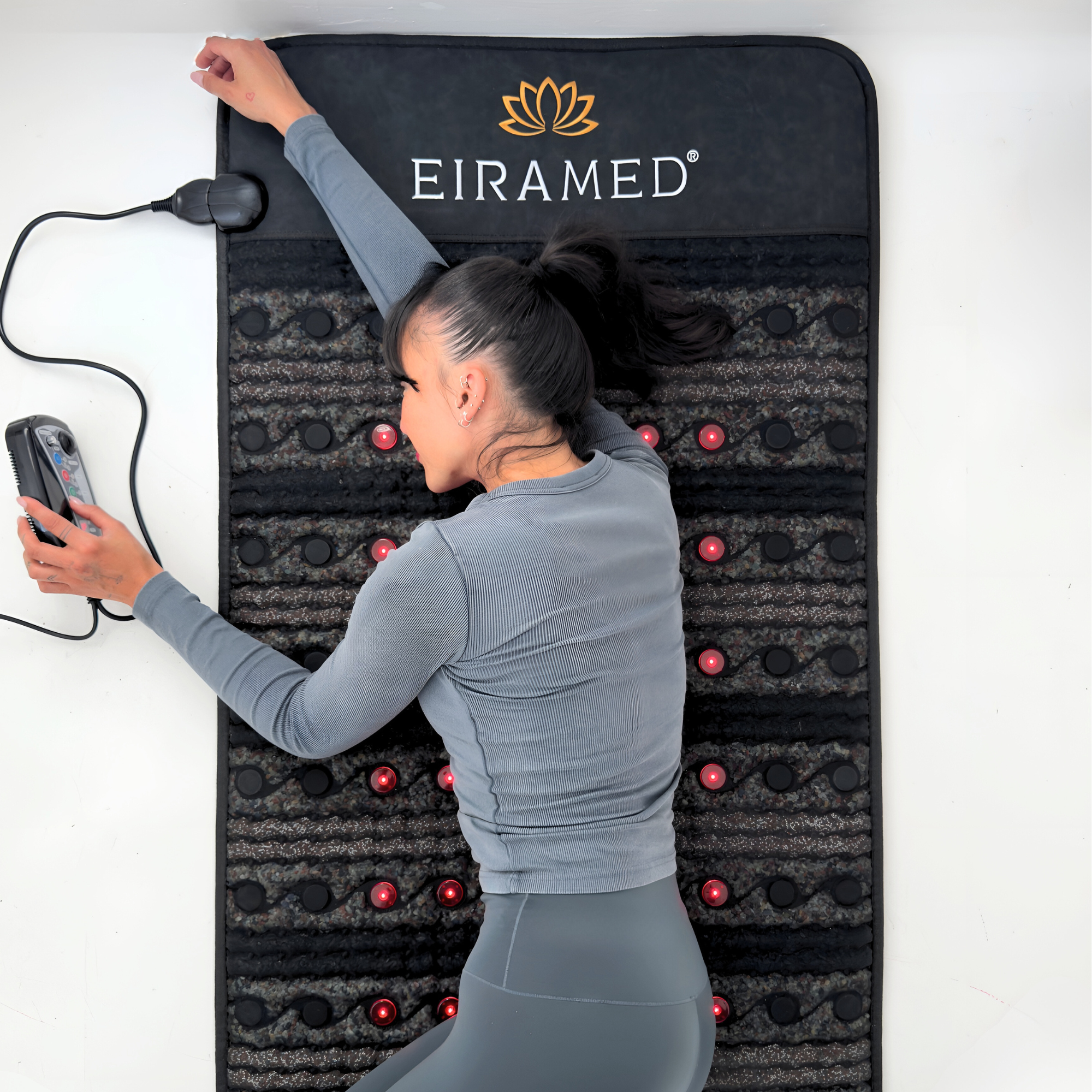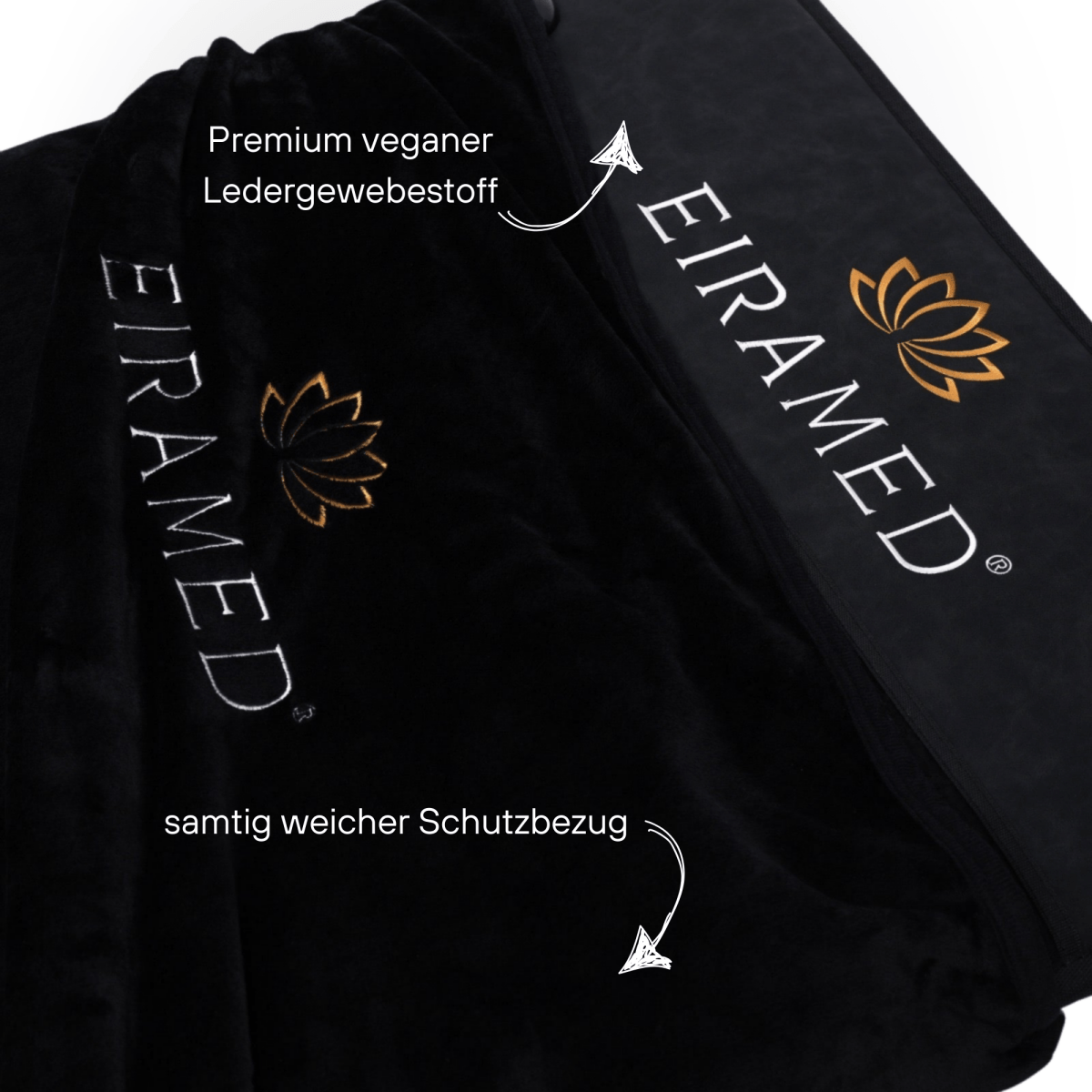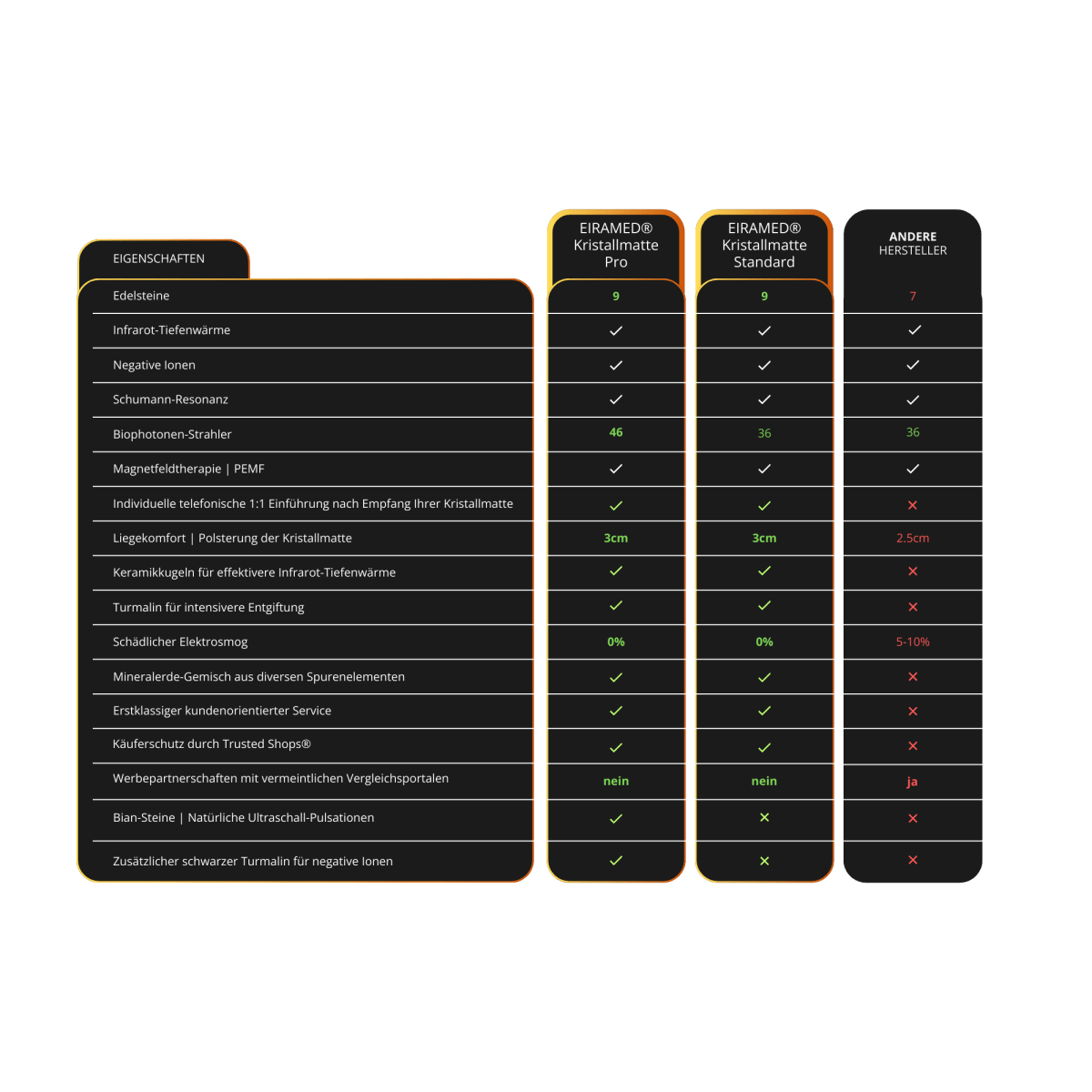The history of crystal mats goes back thousands of years. Crystals and gemstones have played an important role in many ancient cultures, revered for their healing properties. Many cultures, such as the Egyptians and the Chinese, used crystals and gemstones for healing purposes and for spiritual ceremonies.
The modern version of crystal mats as we know them today has its origins in the 1980s when American yoga teacher Françoise Rachel Selenka Moran had the idea of embedding crystals and gemstones in a mat to convey the positive energy of the crystals to her students transfer. Moran had many years of experience working with crystals and gemstones and believed these stones had healing properties.
Since the 1980s, the technology and processes used to produce crystal mats have advanced significantly. There are a variety of crystal mats on the market today that are made from different materials such as cotton, cotton-polyester blend, and natural latex. Each mat is endowed with a specific number of gems and crystals known for their healing properties.
The effectiveness of crystal mats has been examined in many studies. It has been shown that crystal mats are actually able to transmit positive energies and can therefore be helpful in the treatment of physical and psychological ailments. For example, crystal mats can be used for stress, anxiety, sleep disorders and pain.
In addition to their healing properties, crystal mats are also being used more and more in the wellness industry. More and more spa centers, yoga studios and fitness centers are offering crystal mats for their clients to help them relax and relieve stress.
In summary, the history and creation of crystal mats is deeply rooted in the past and over the years this technology has become a major trend in the wellness industry. Although crystal mats can be used as a complementary tool to promote general well-being and stress reduction, they should not be viewed as a substitute for medical treatments or therapies.



